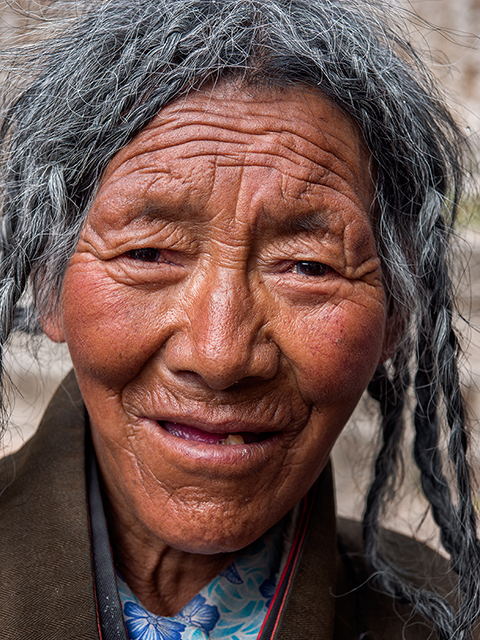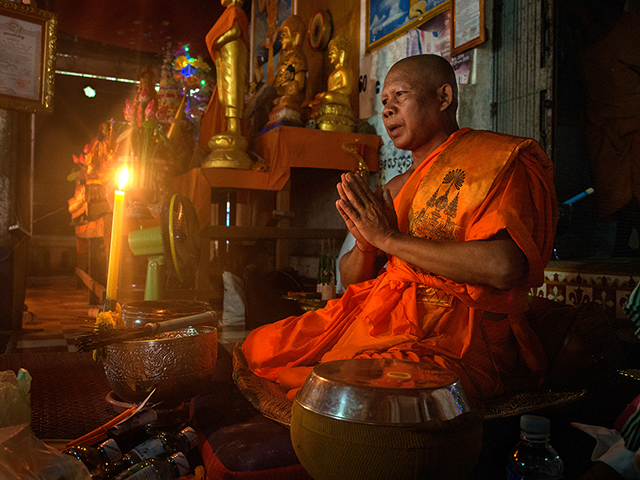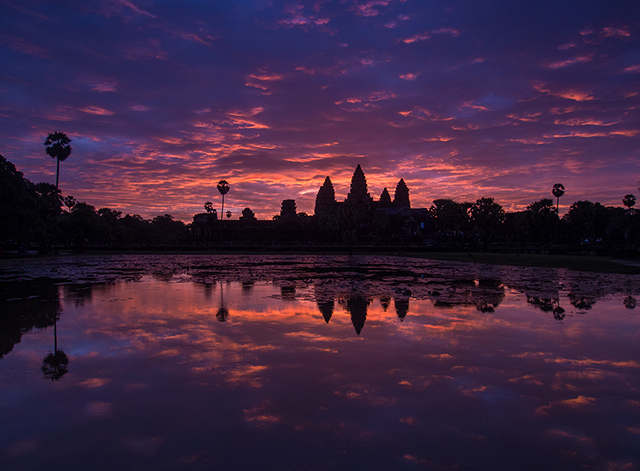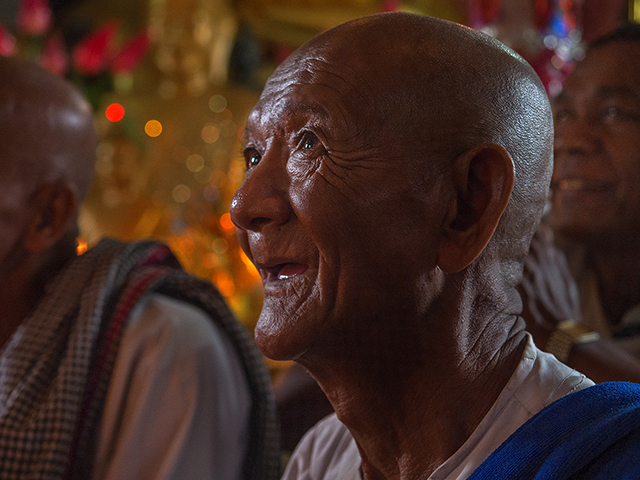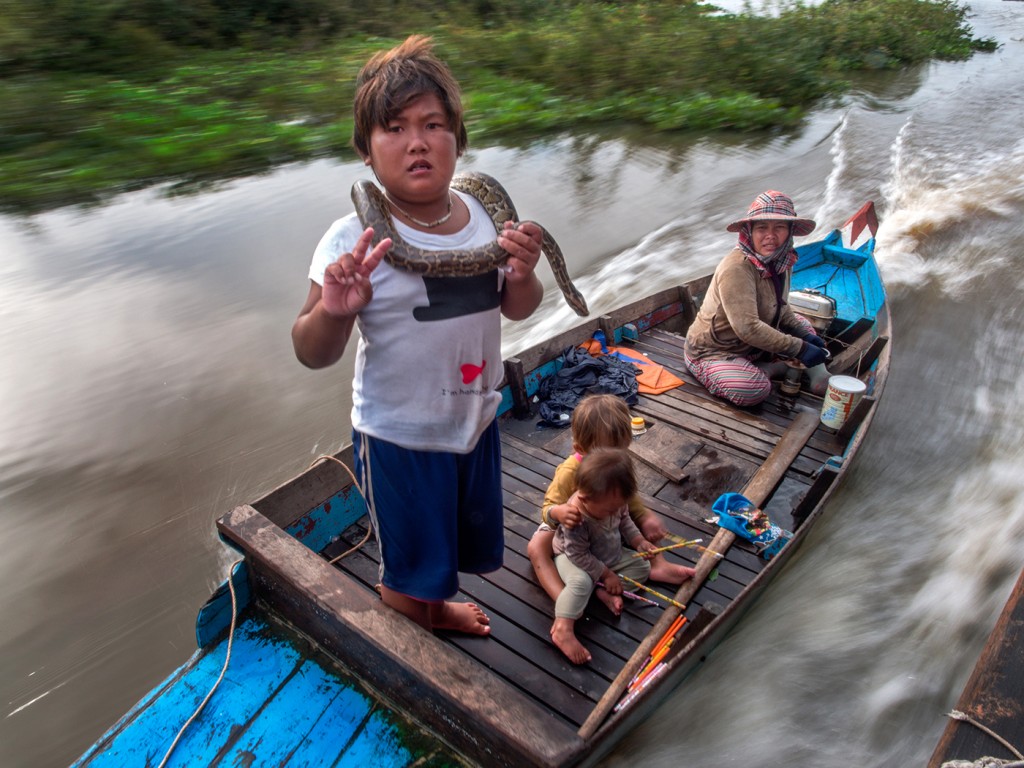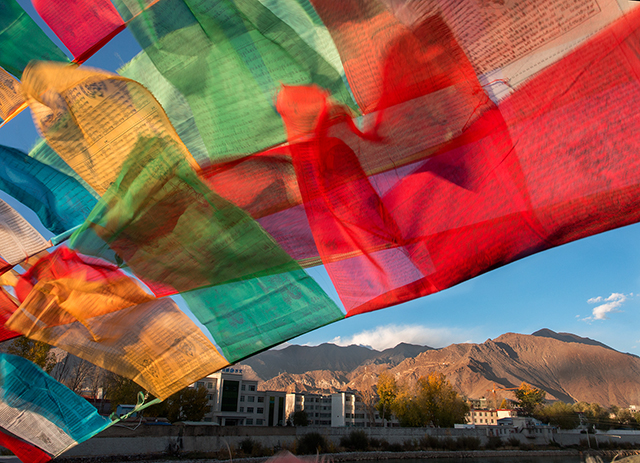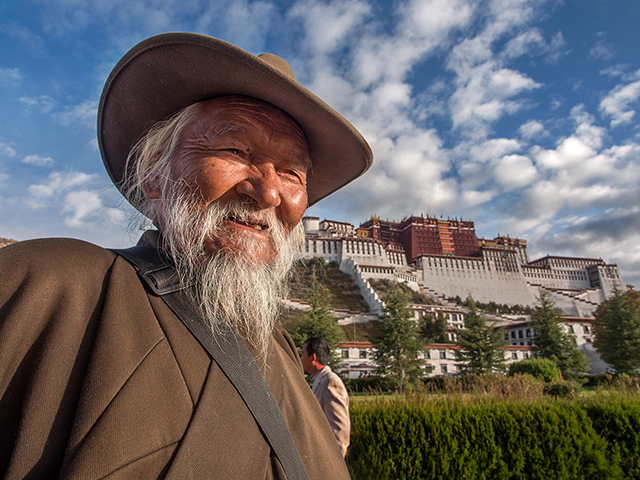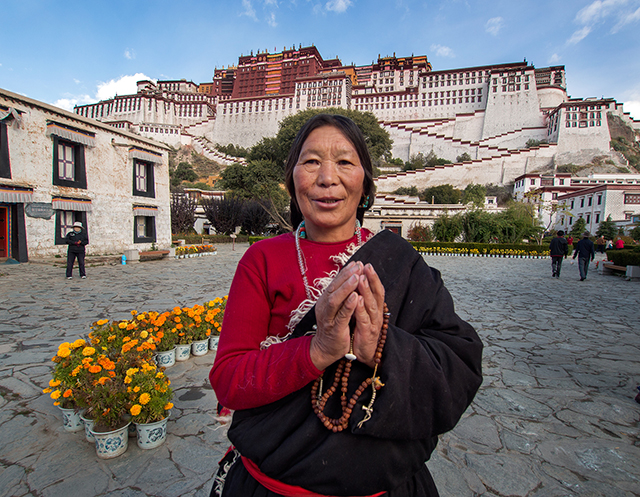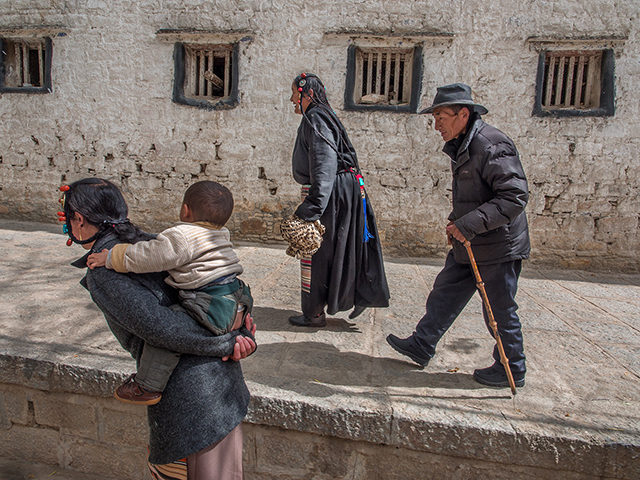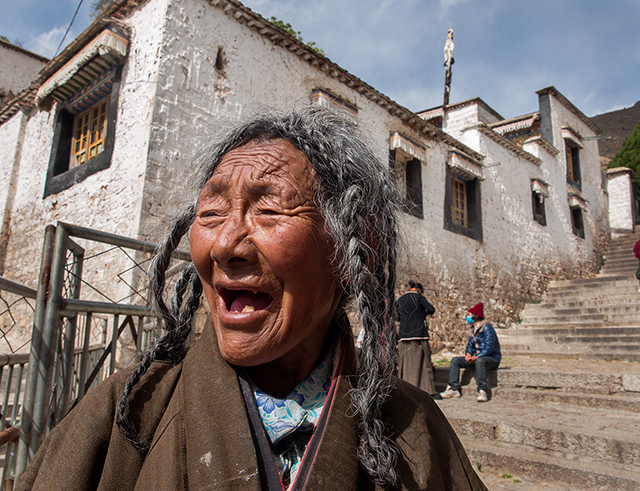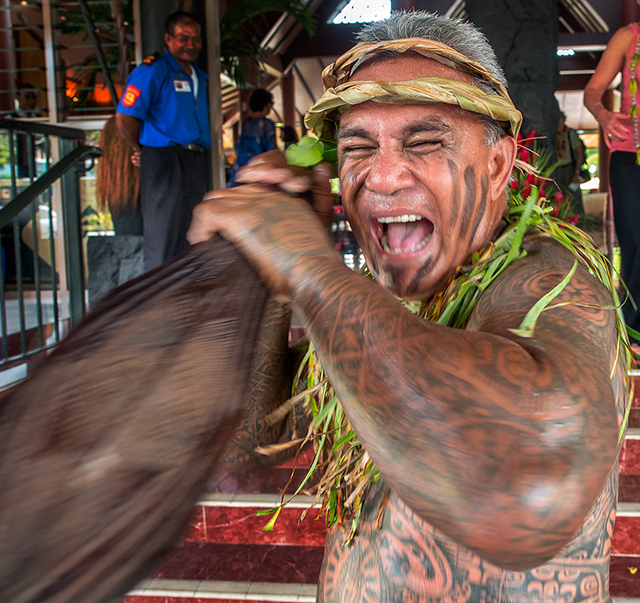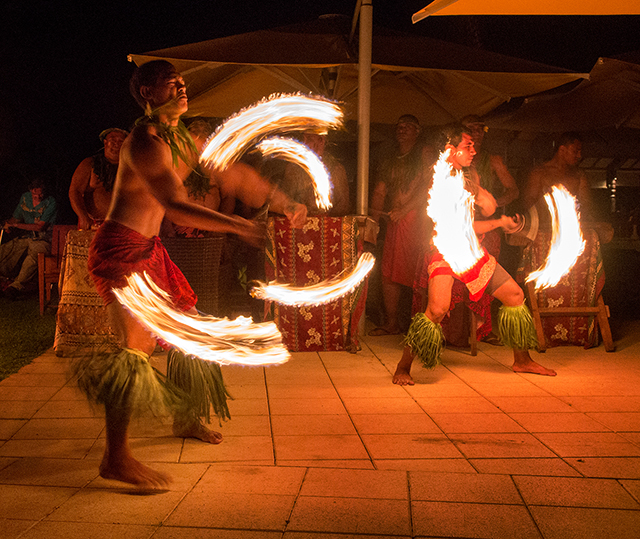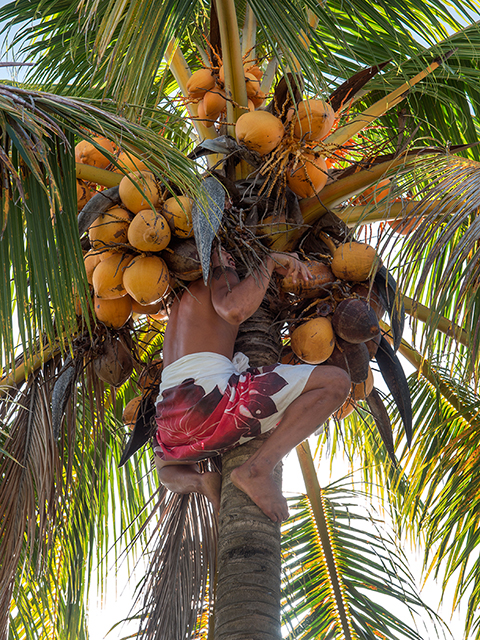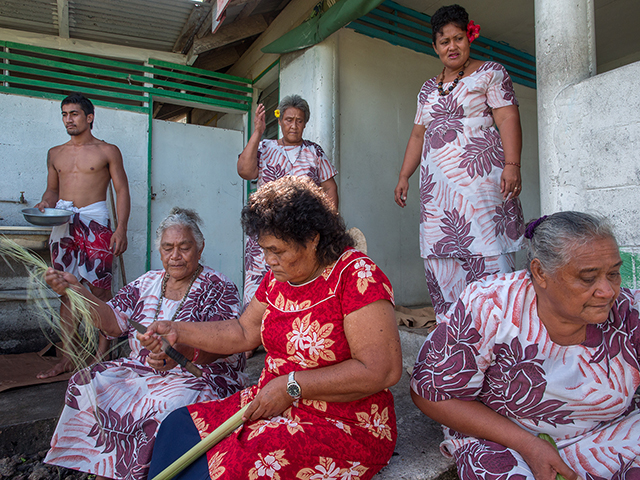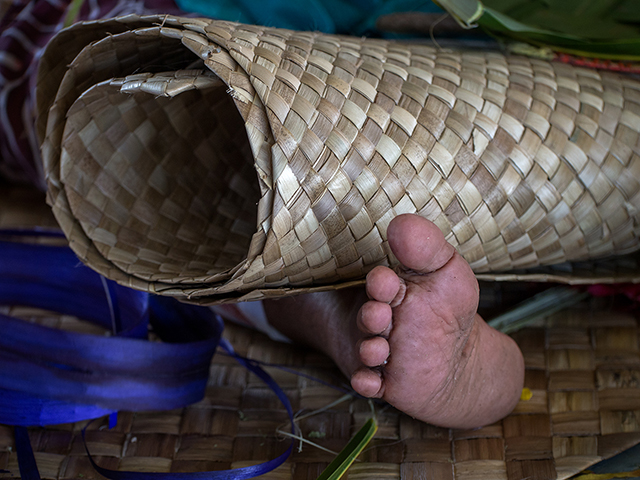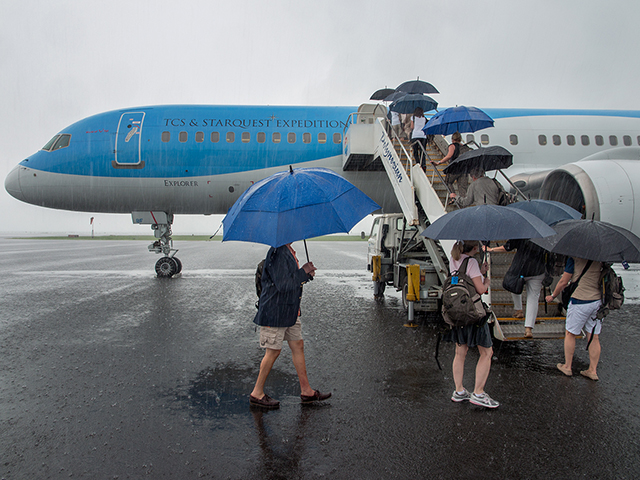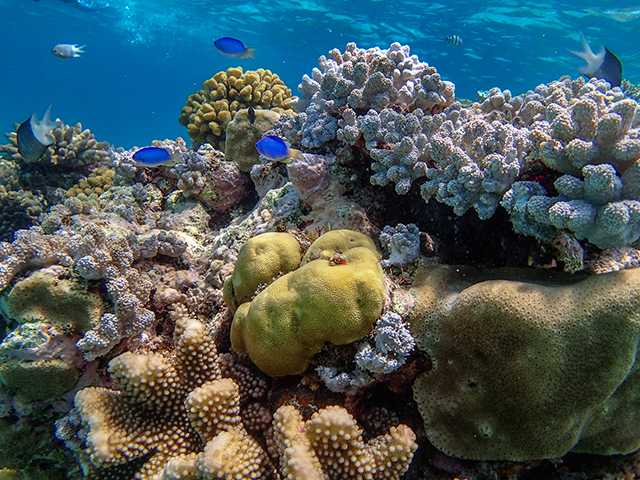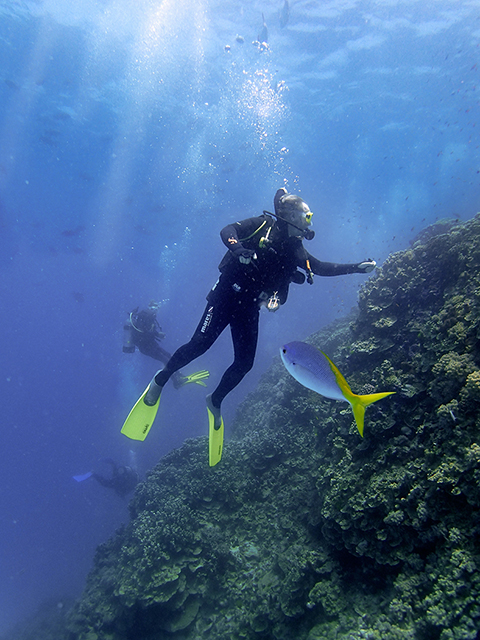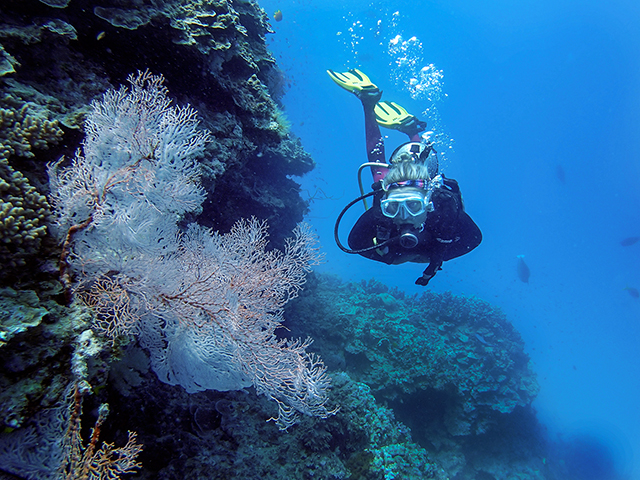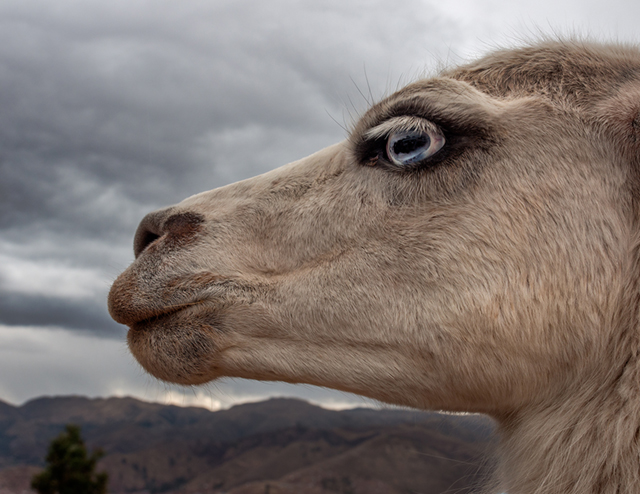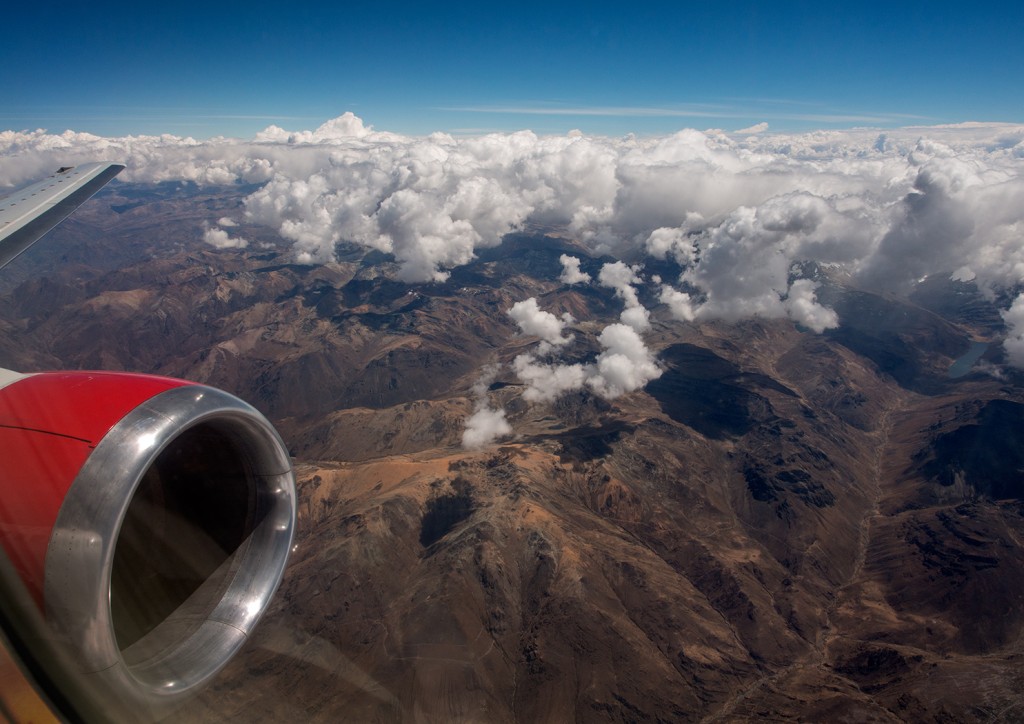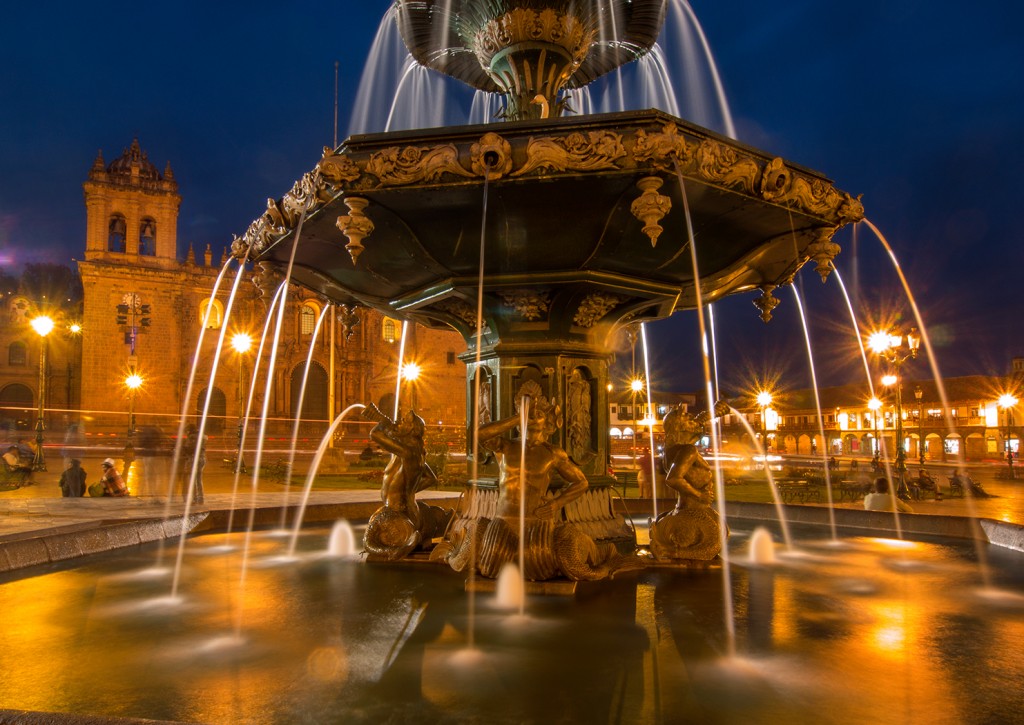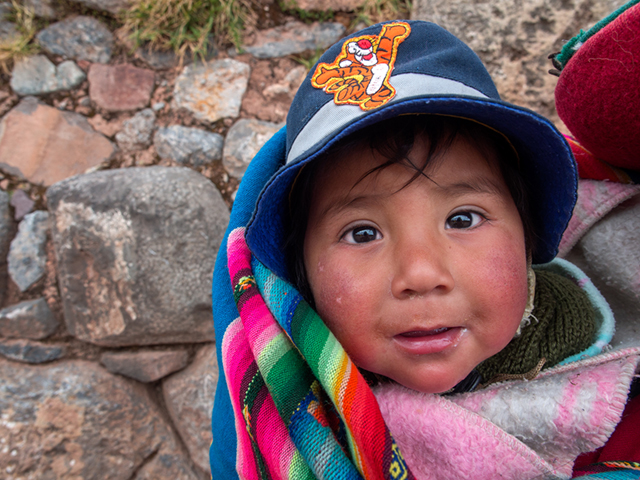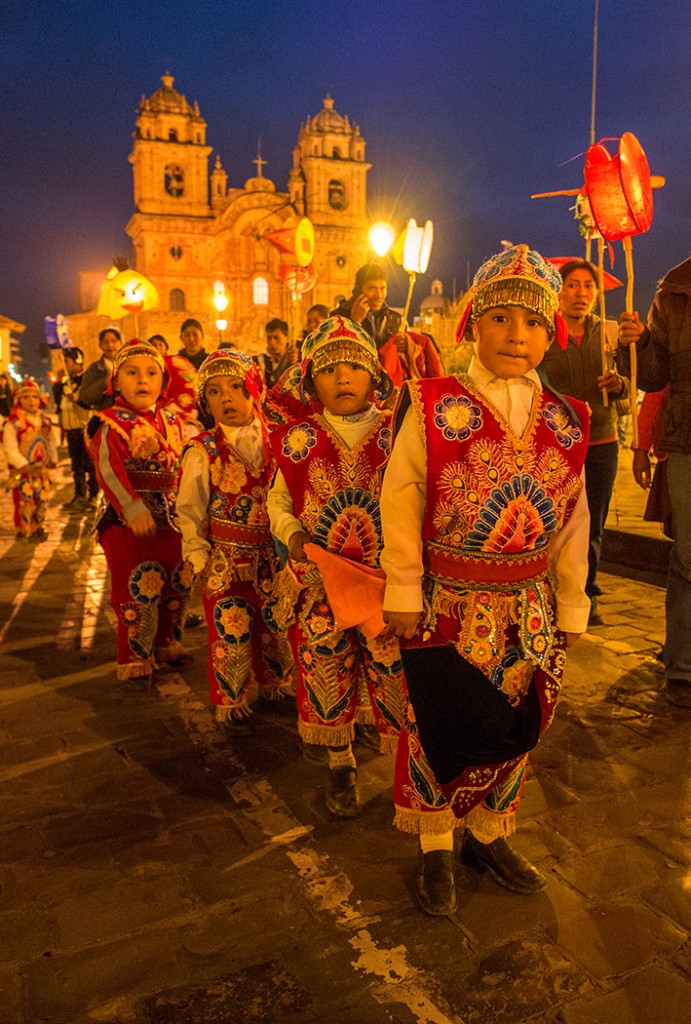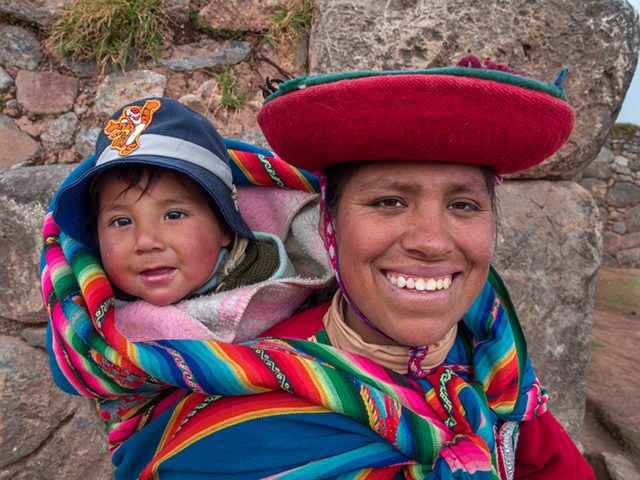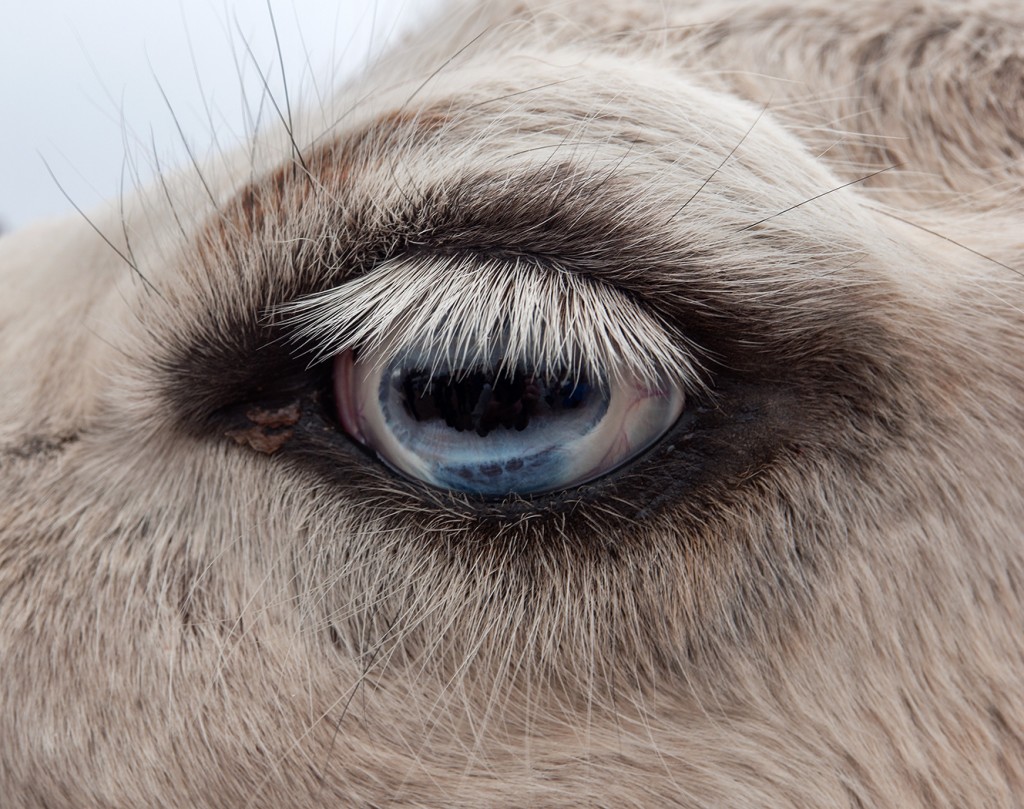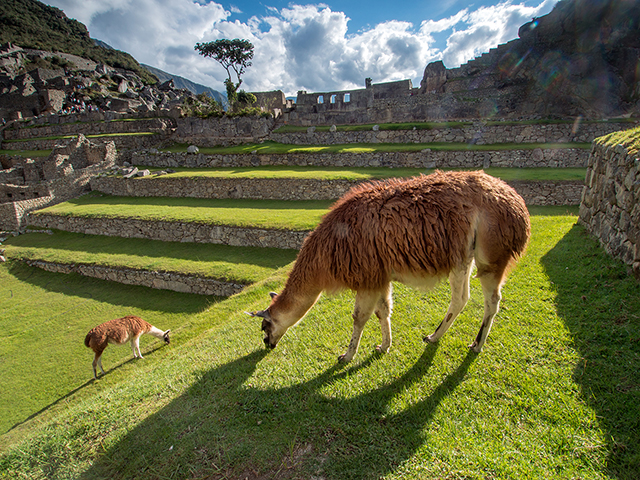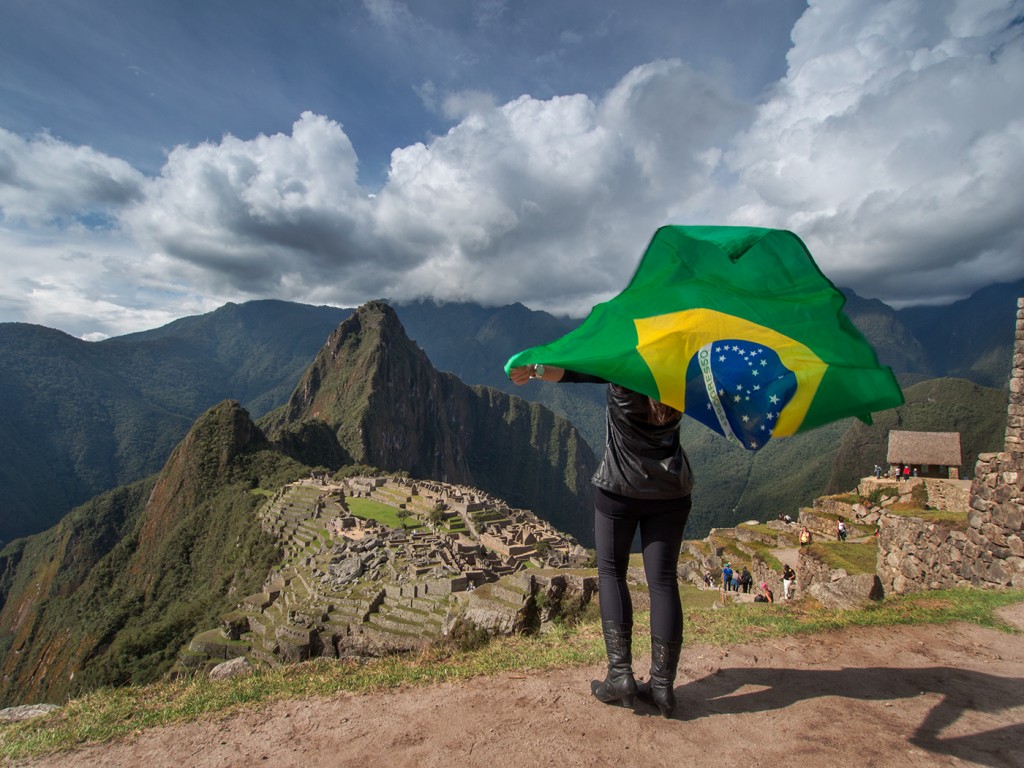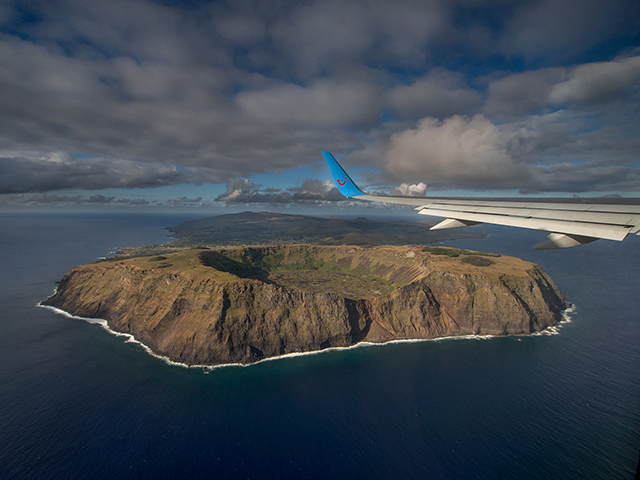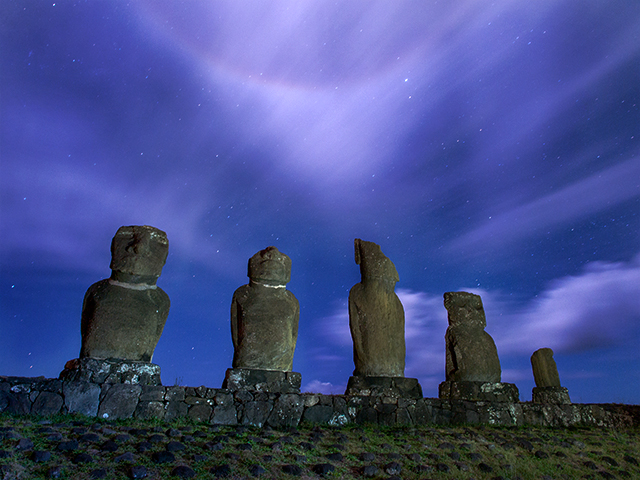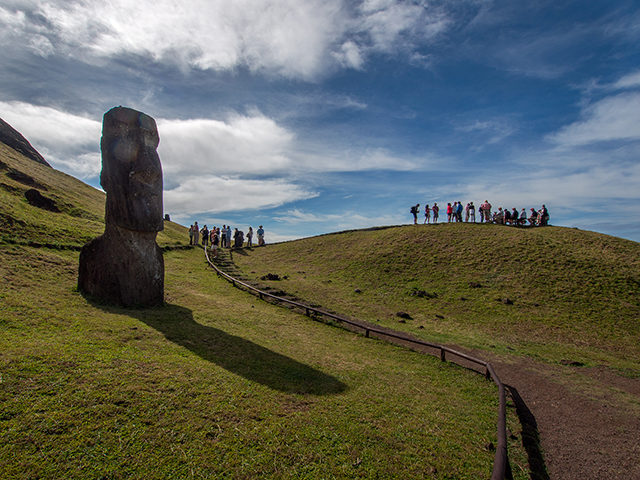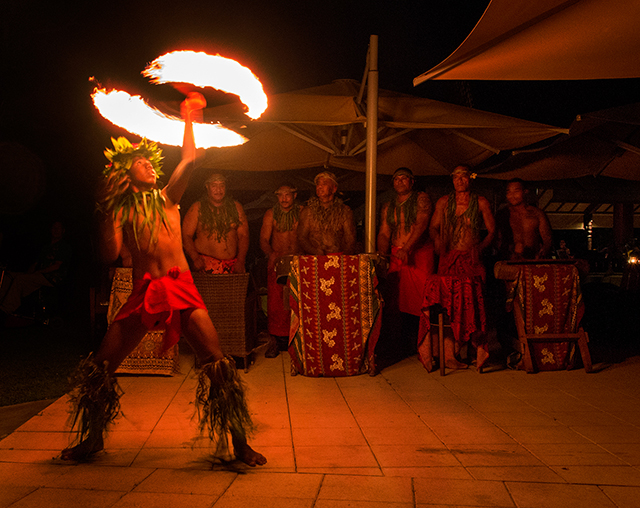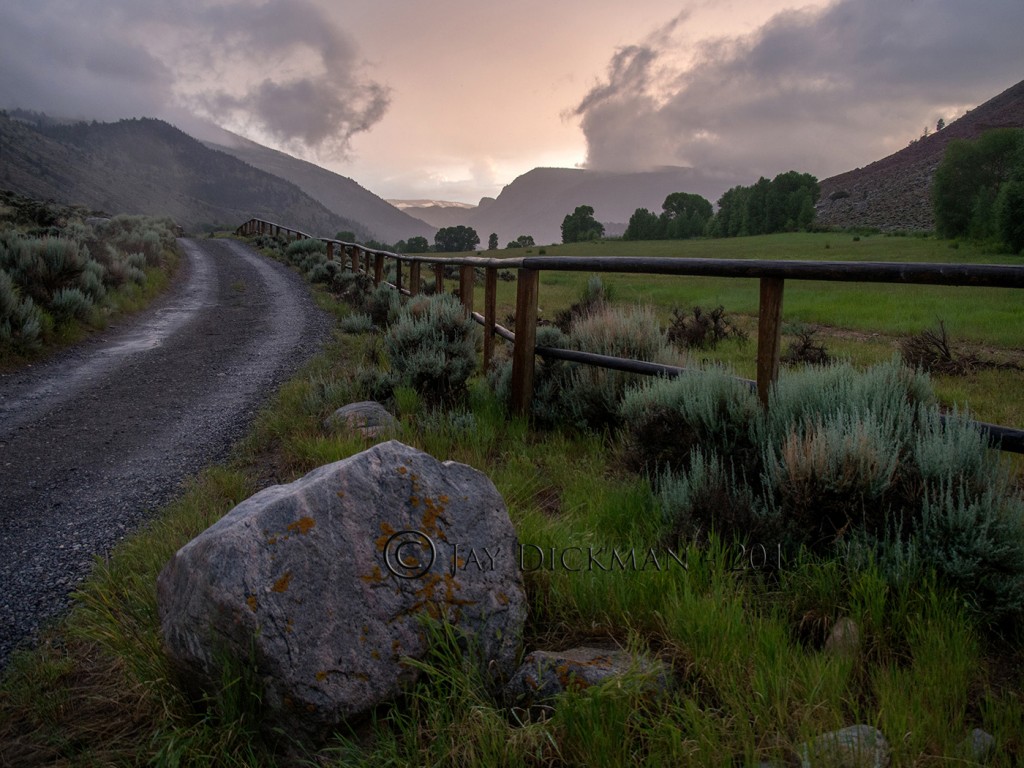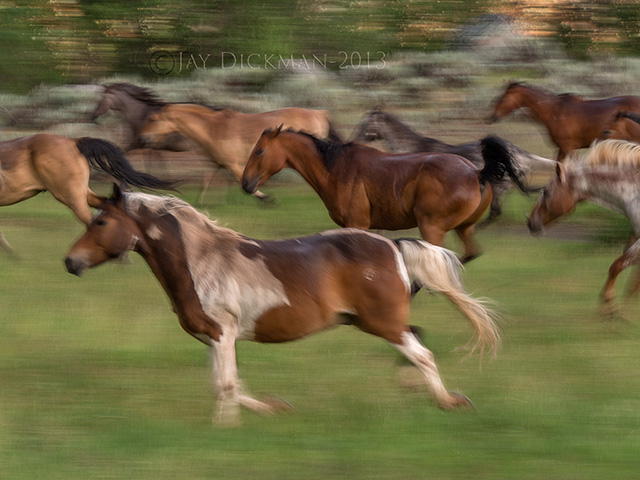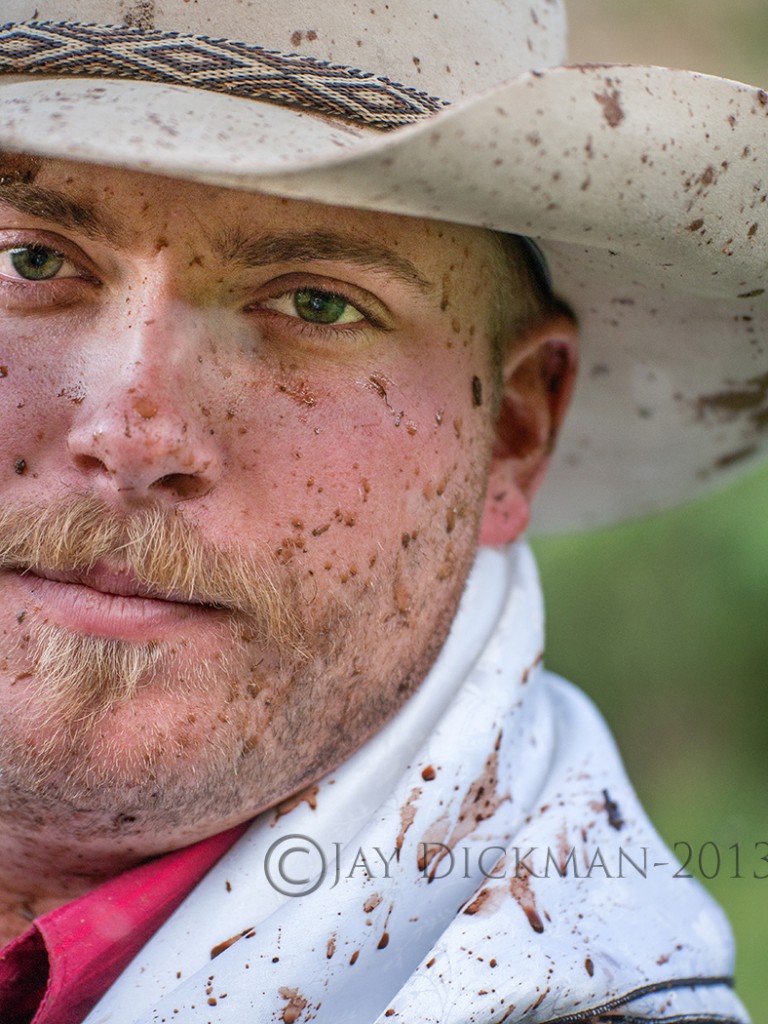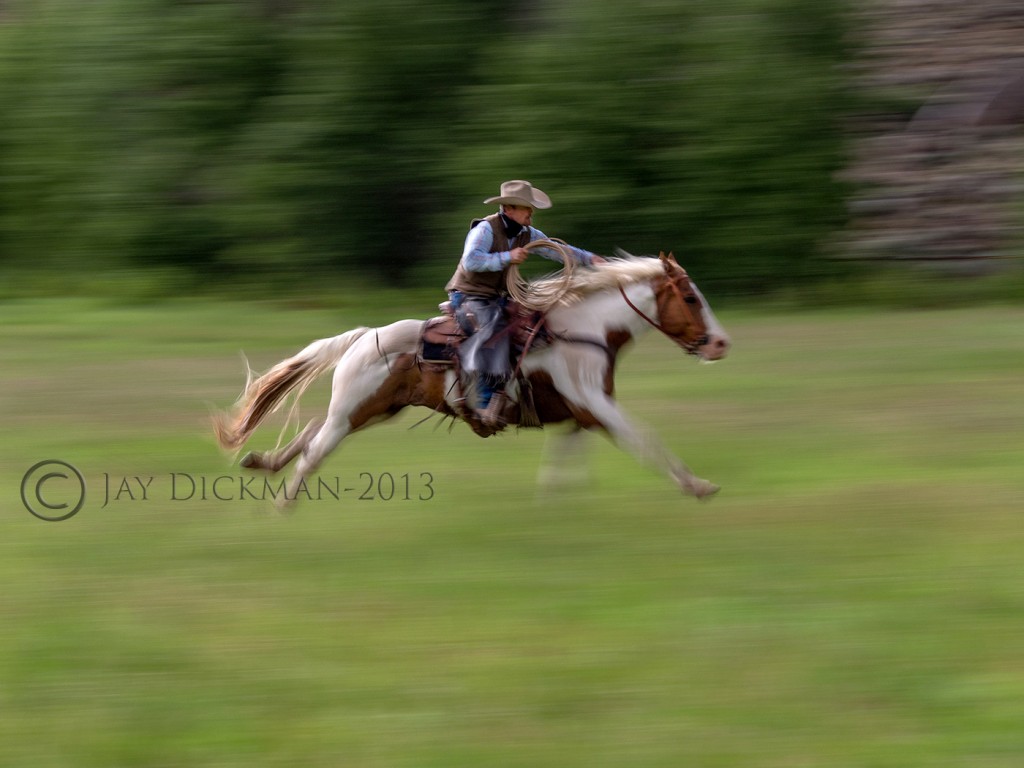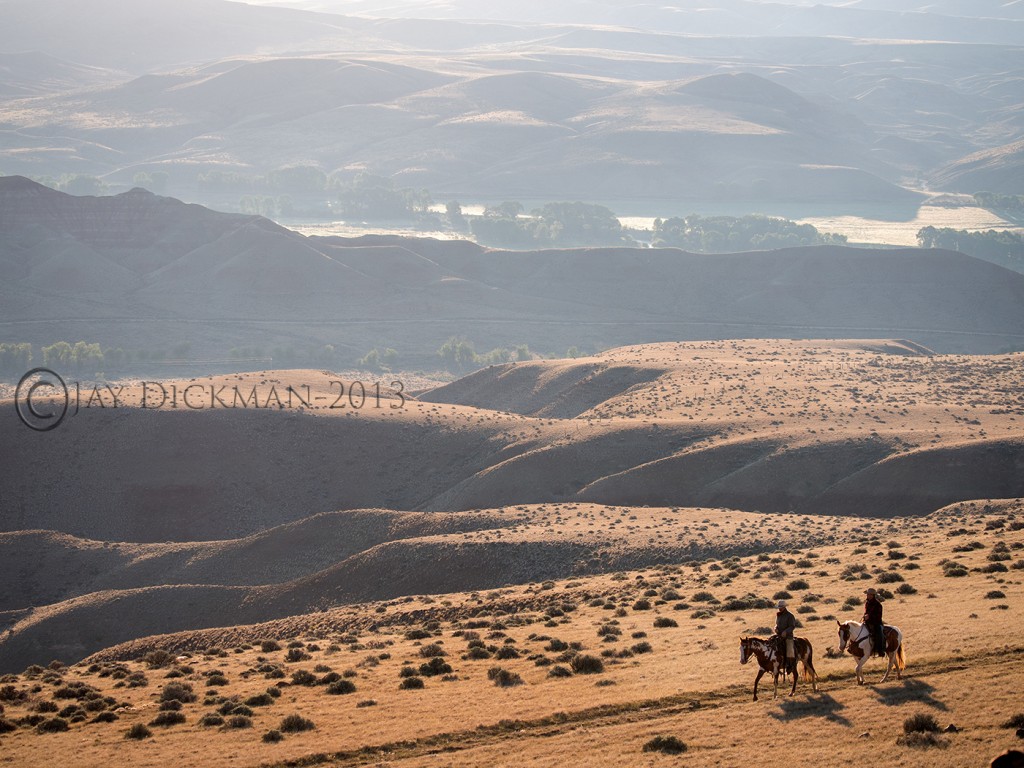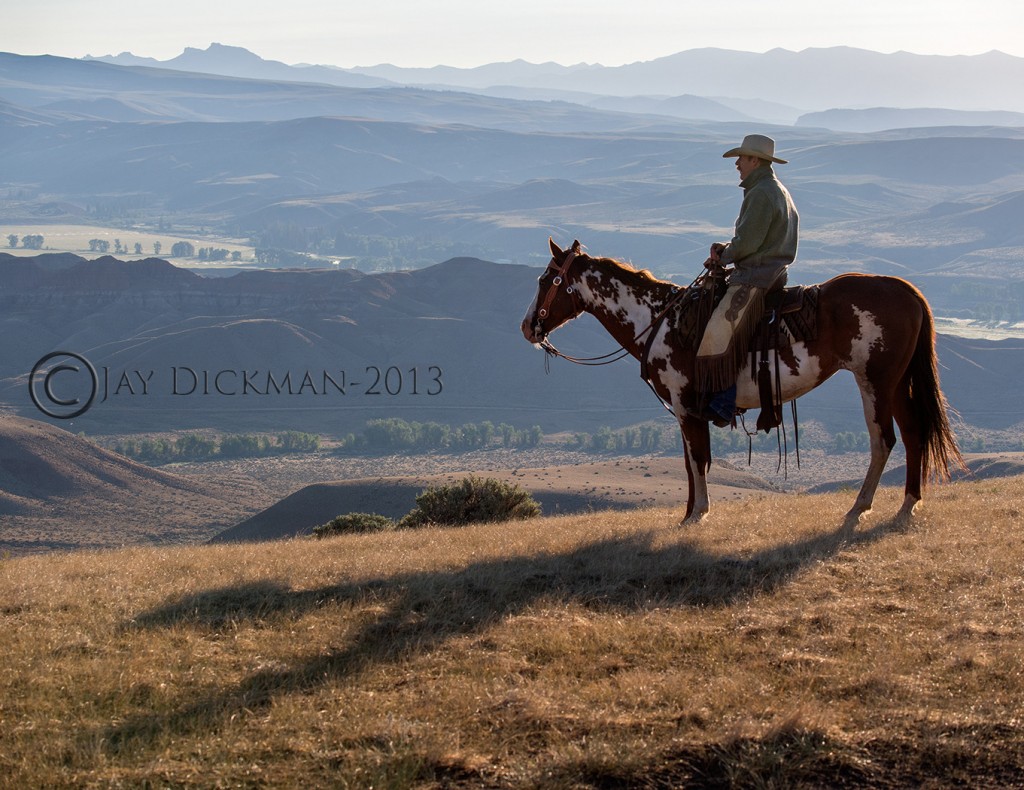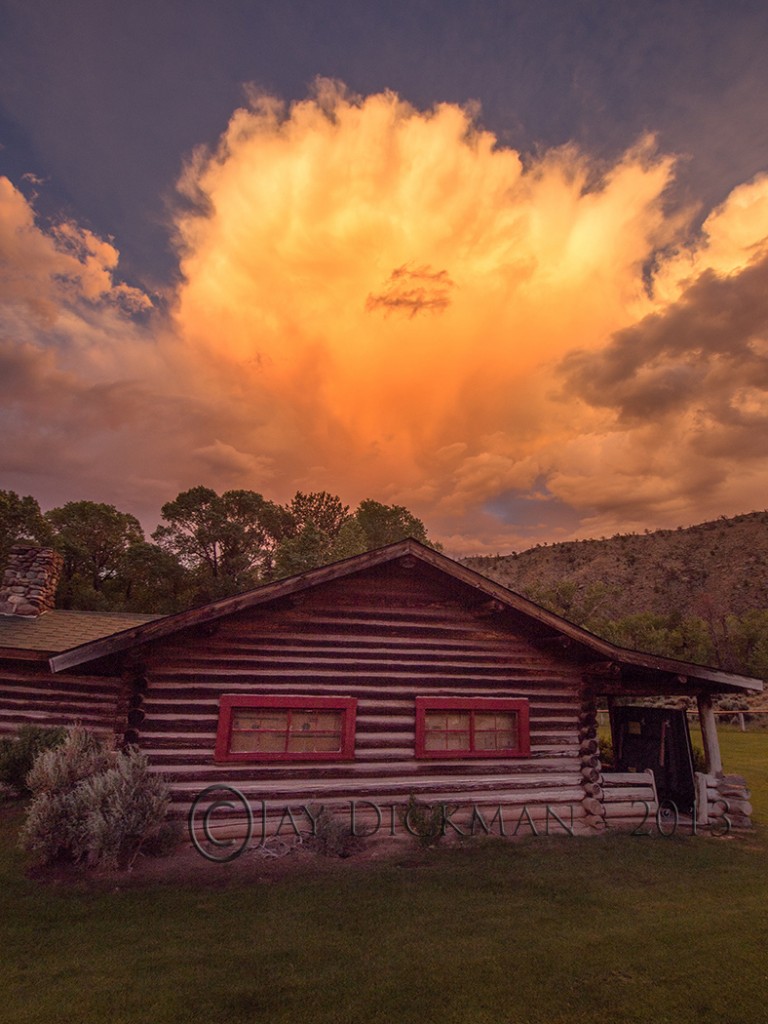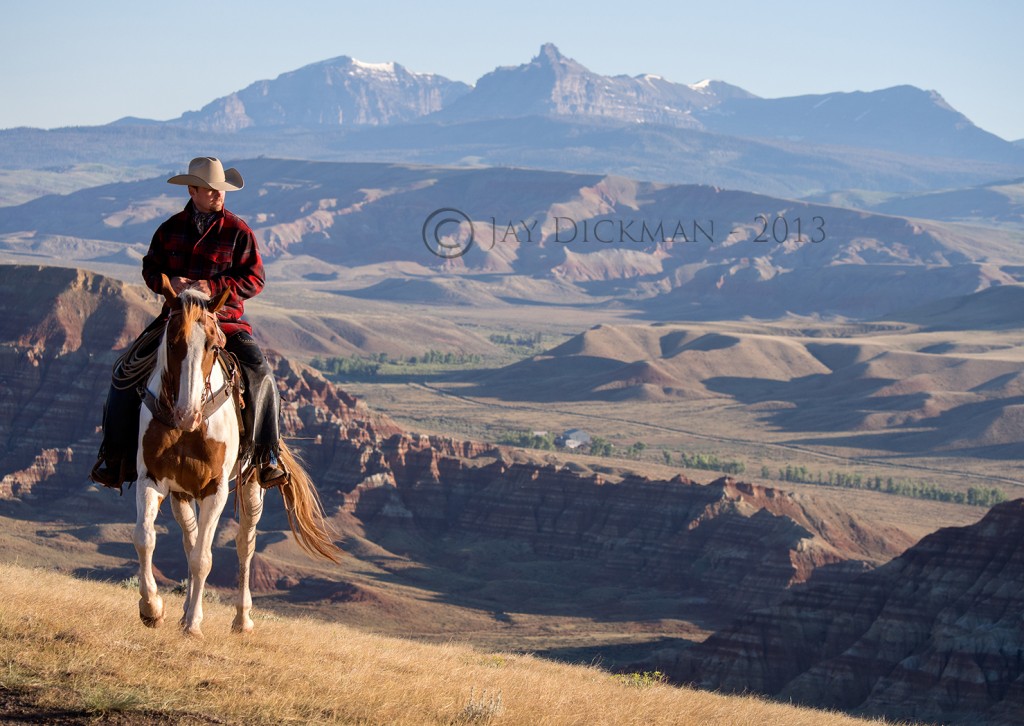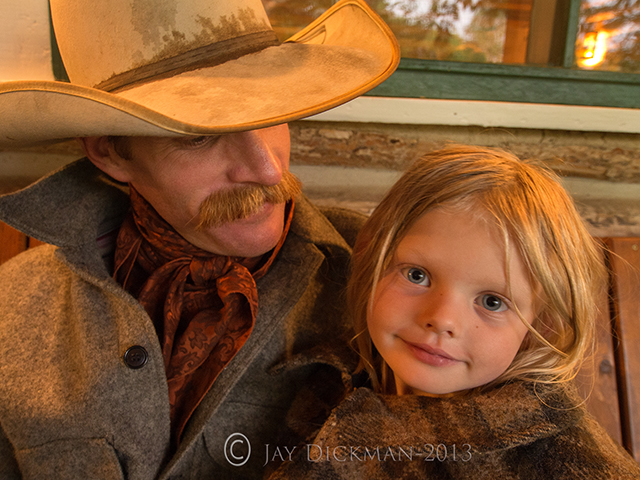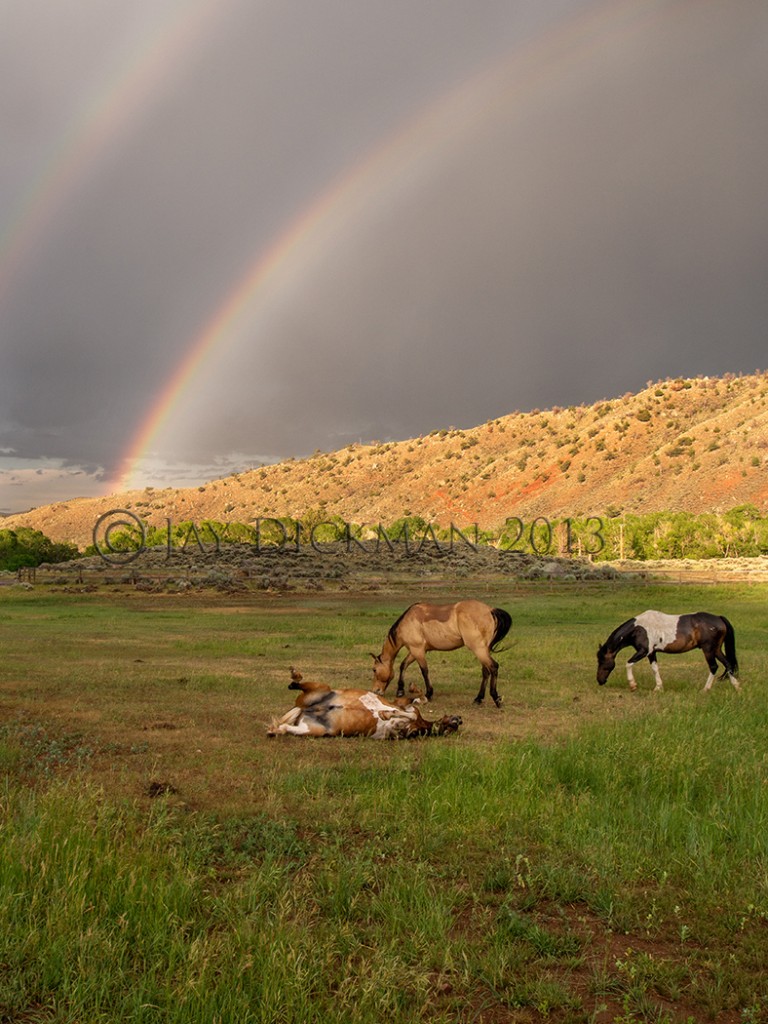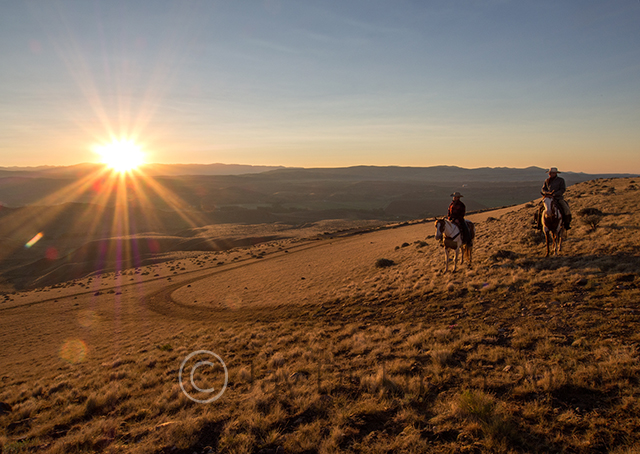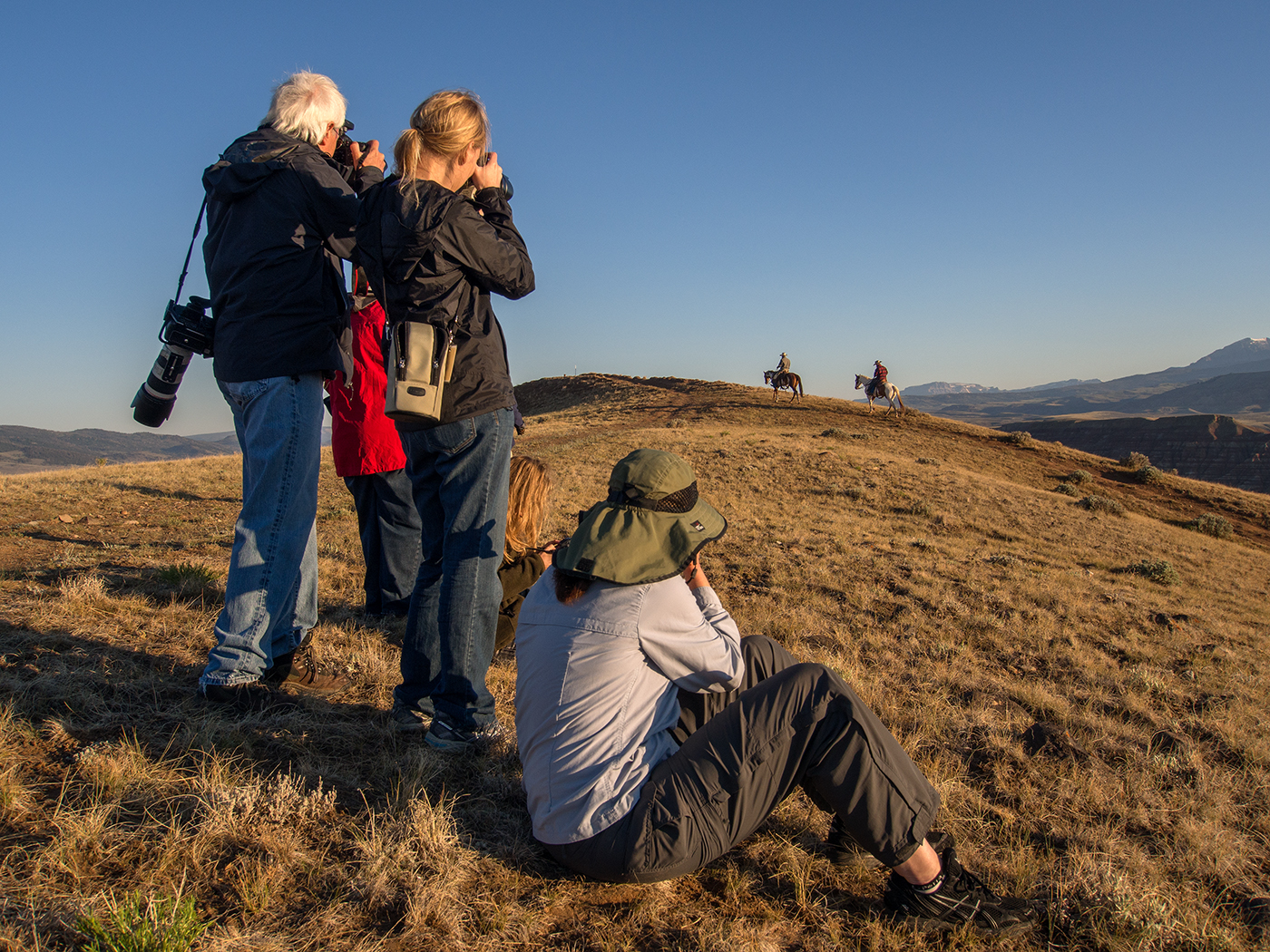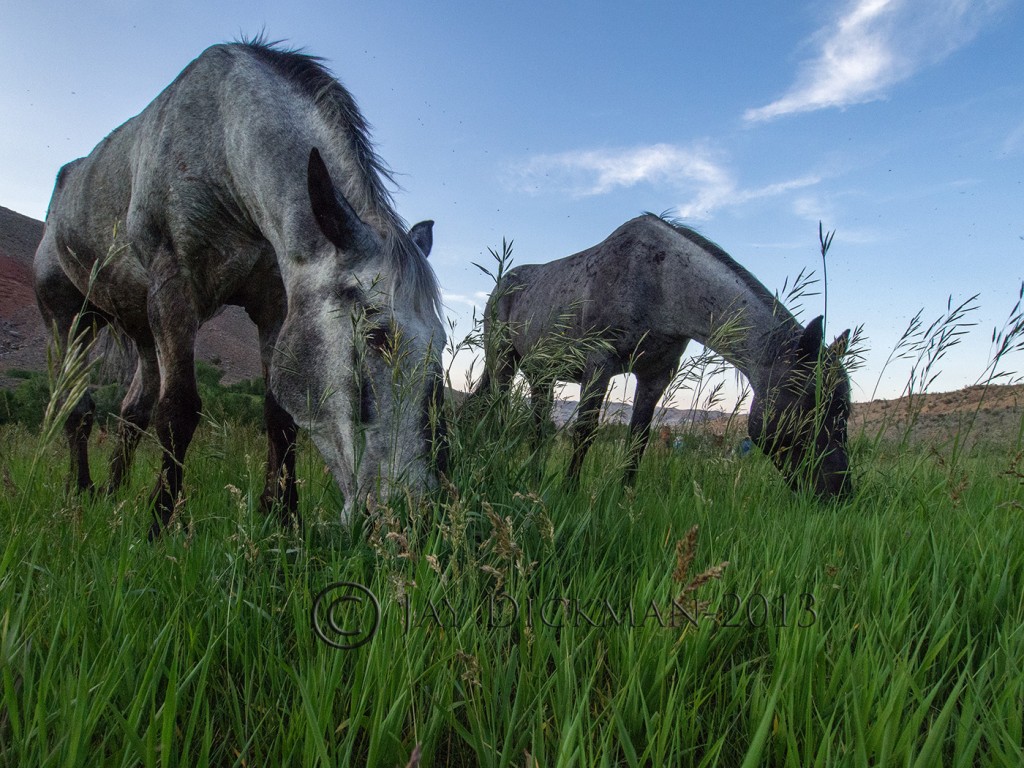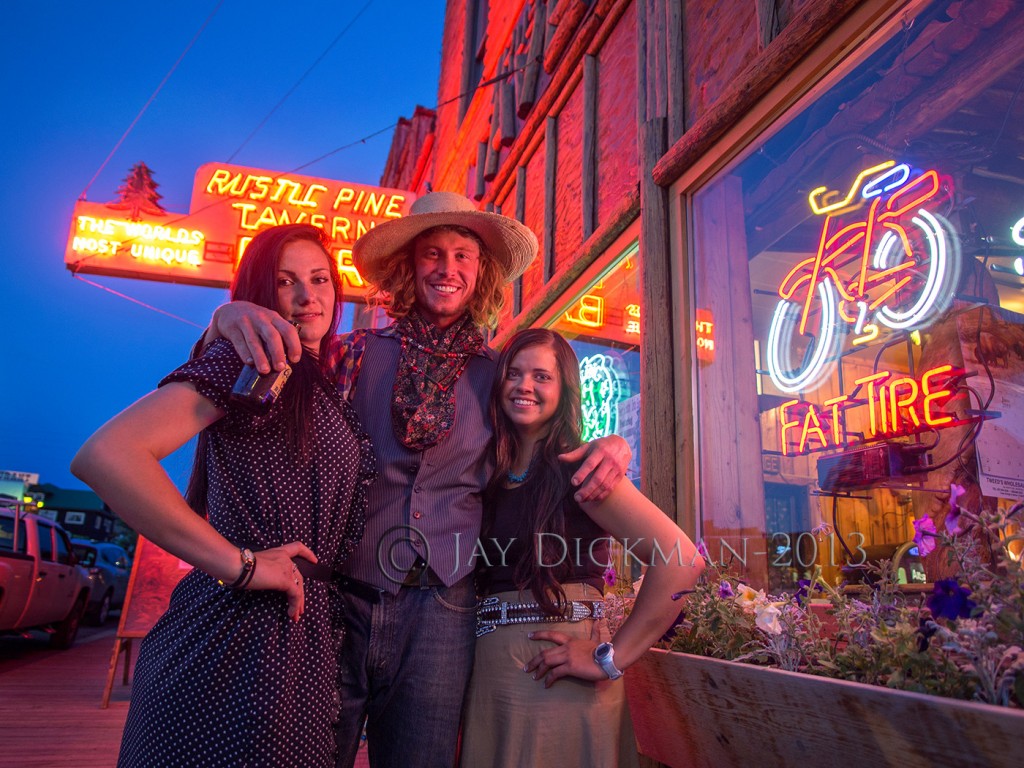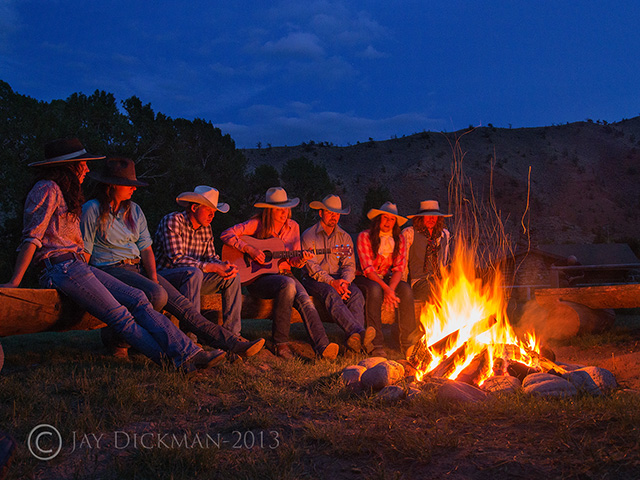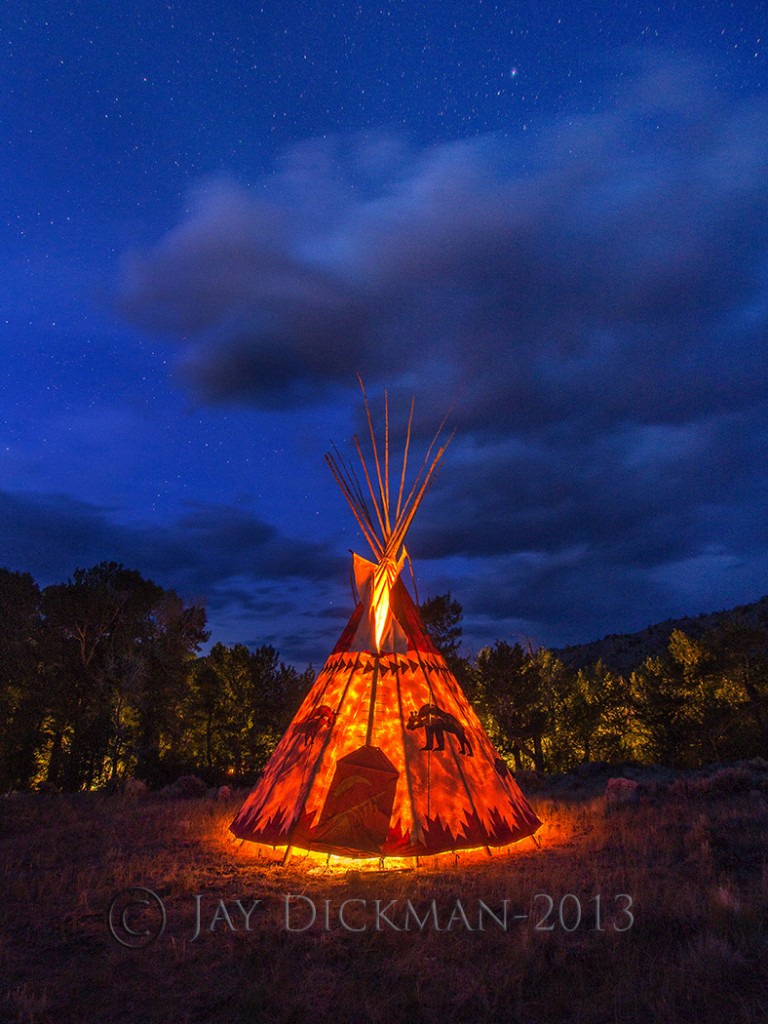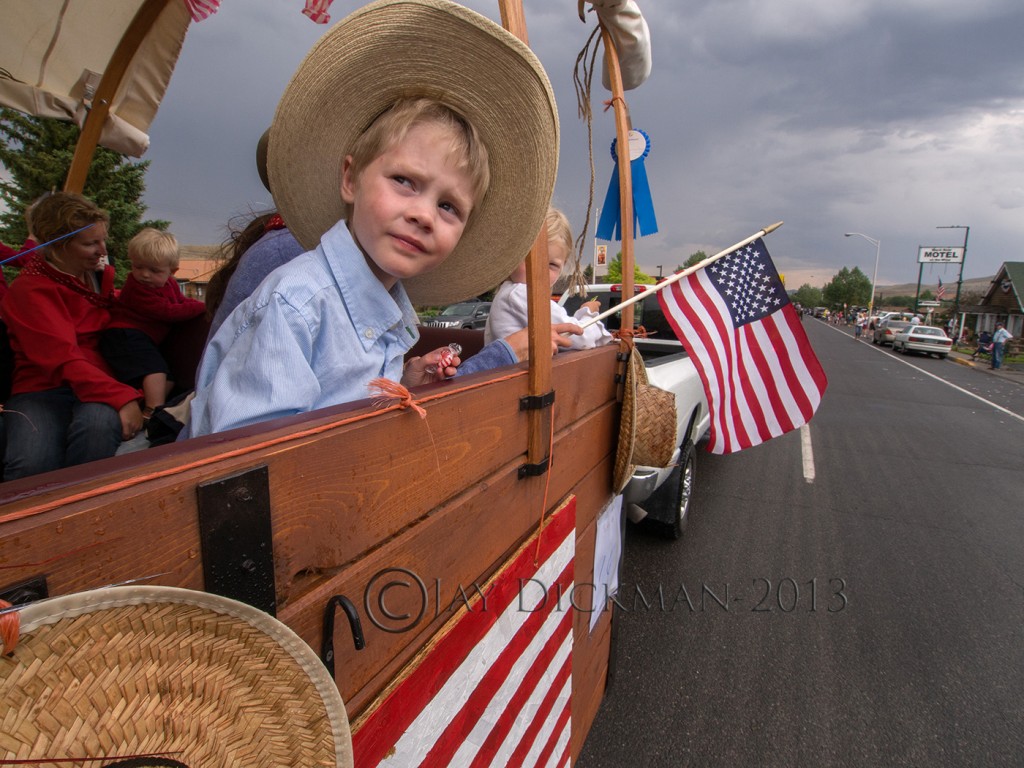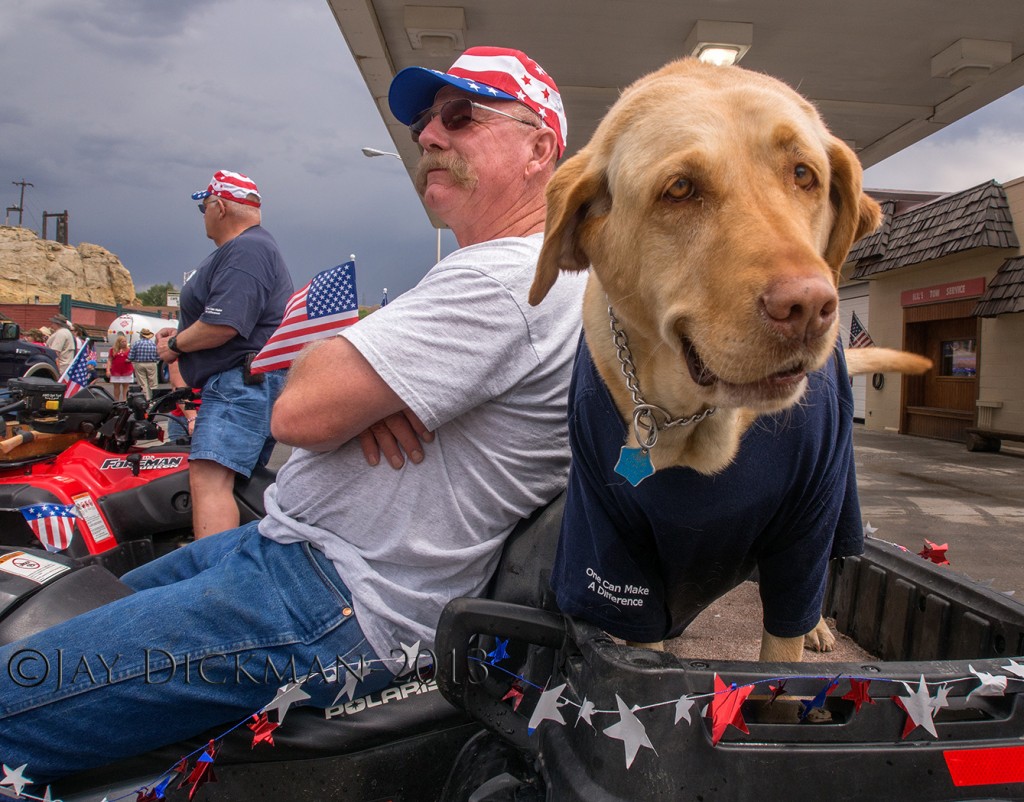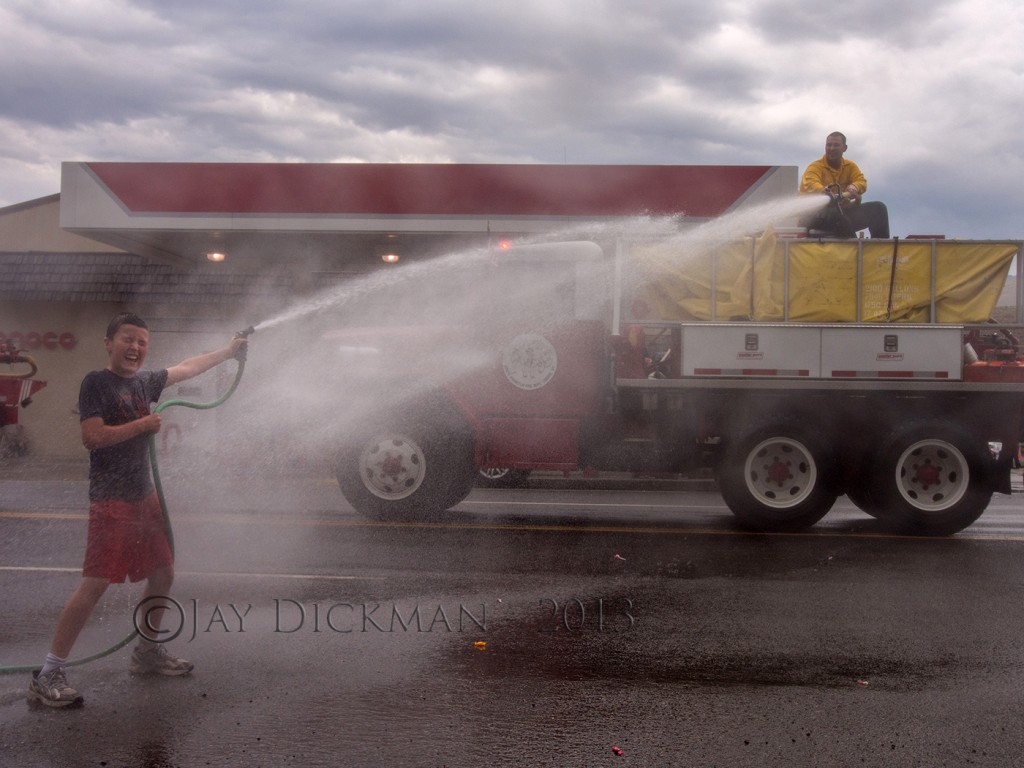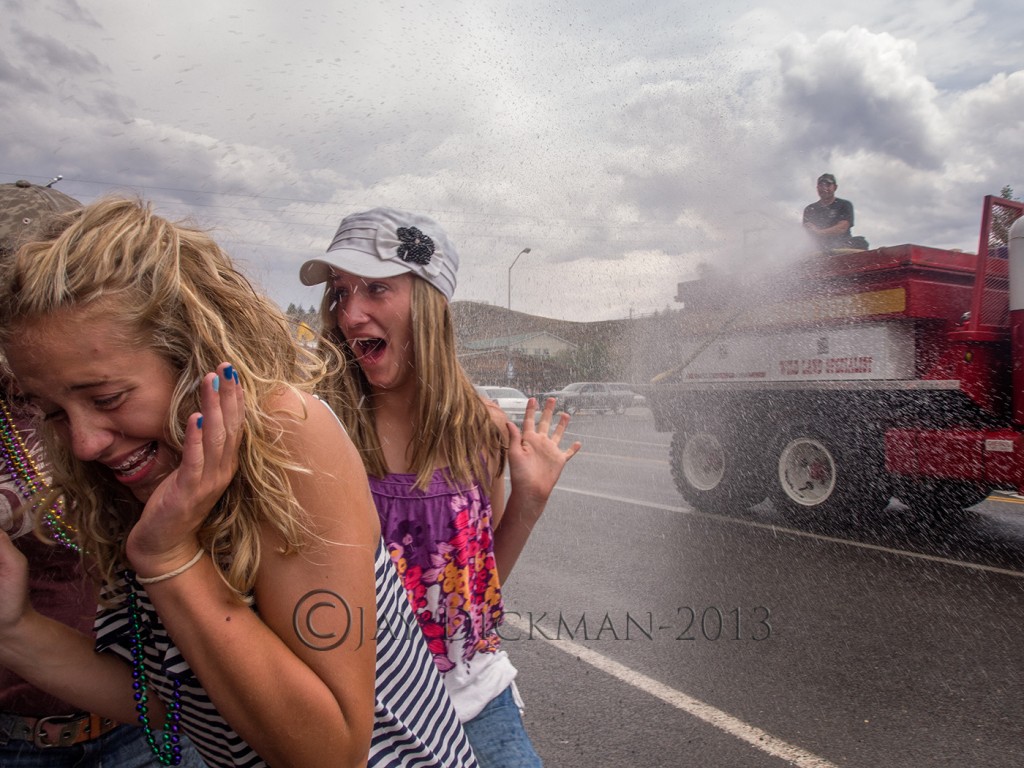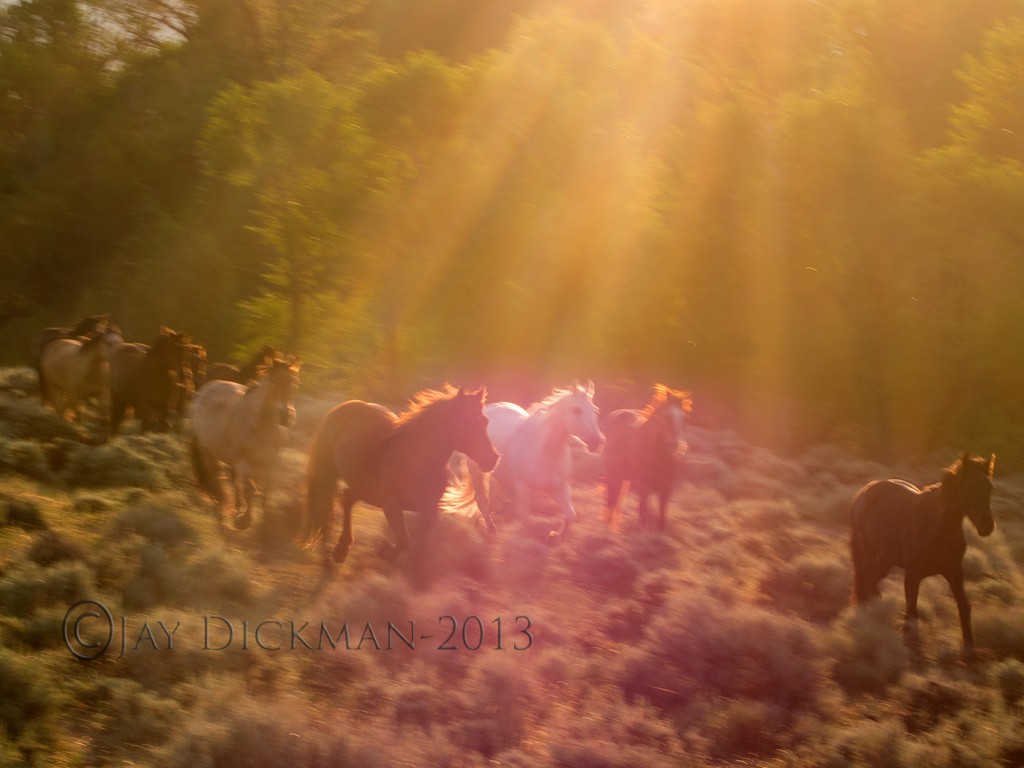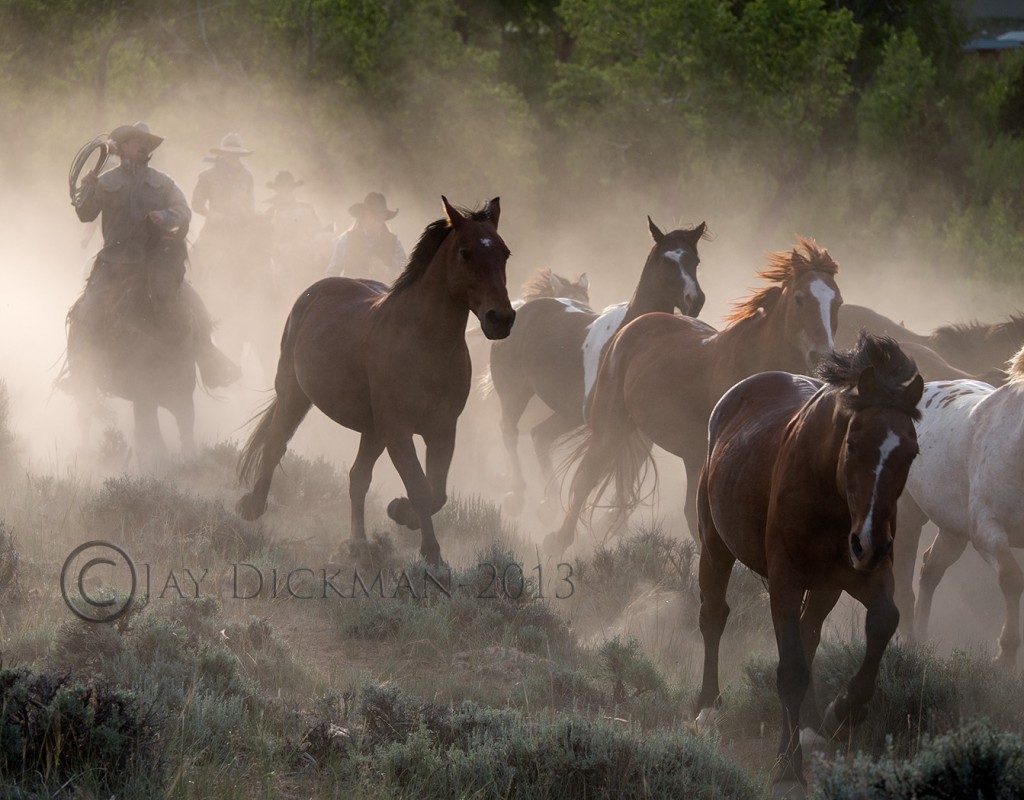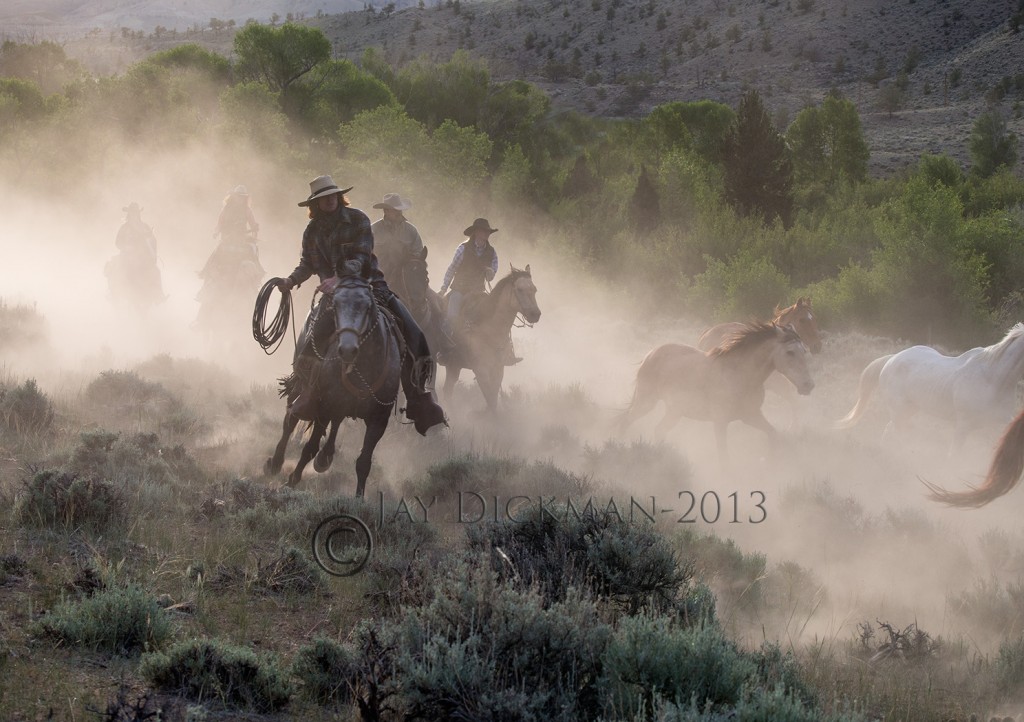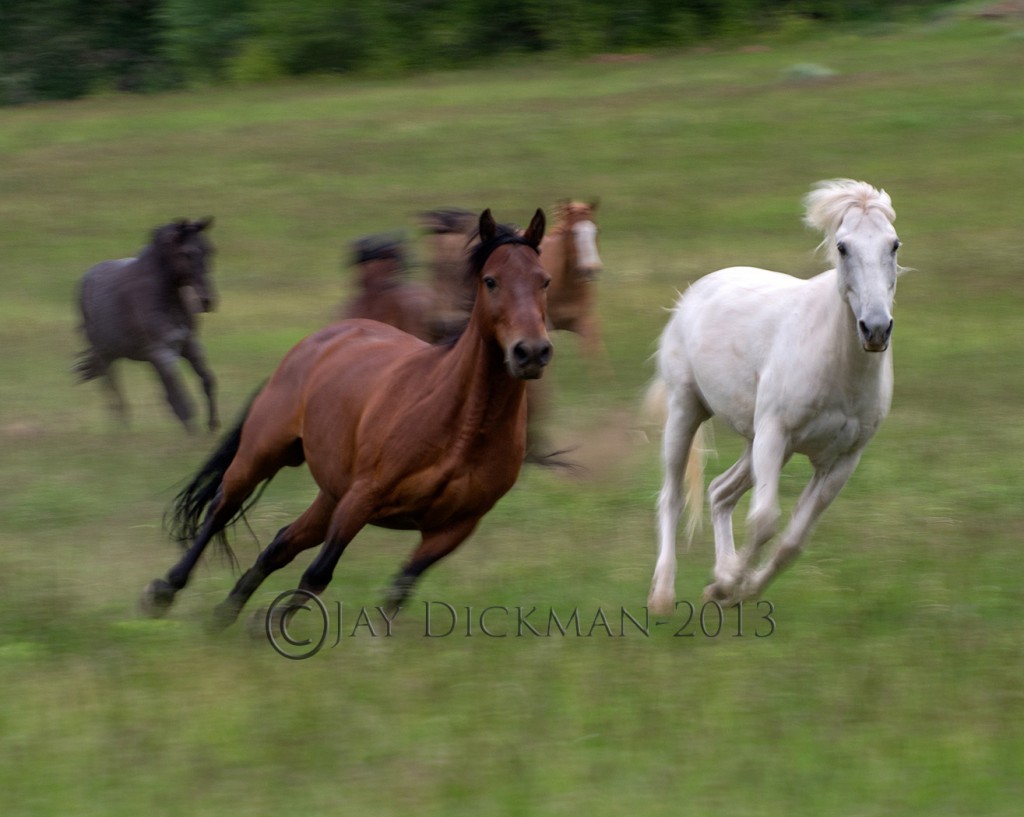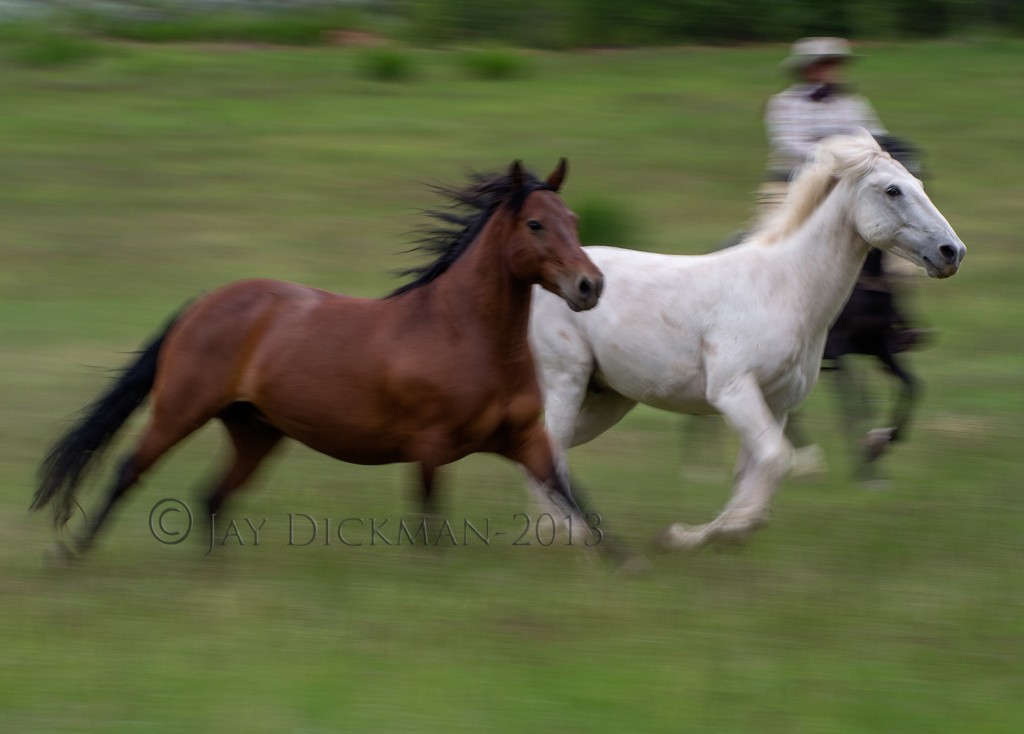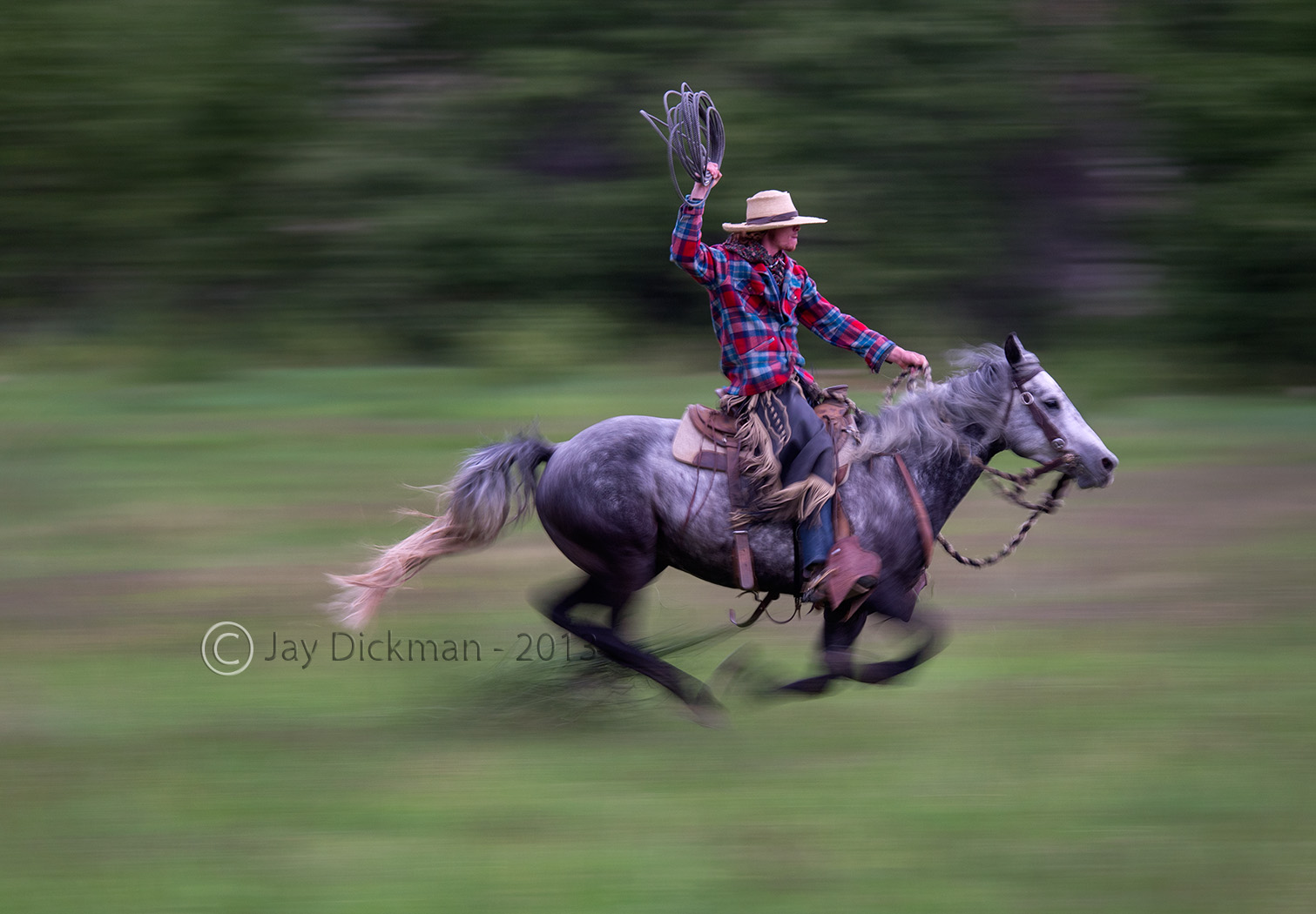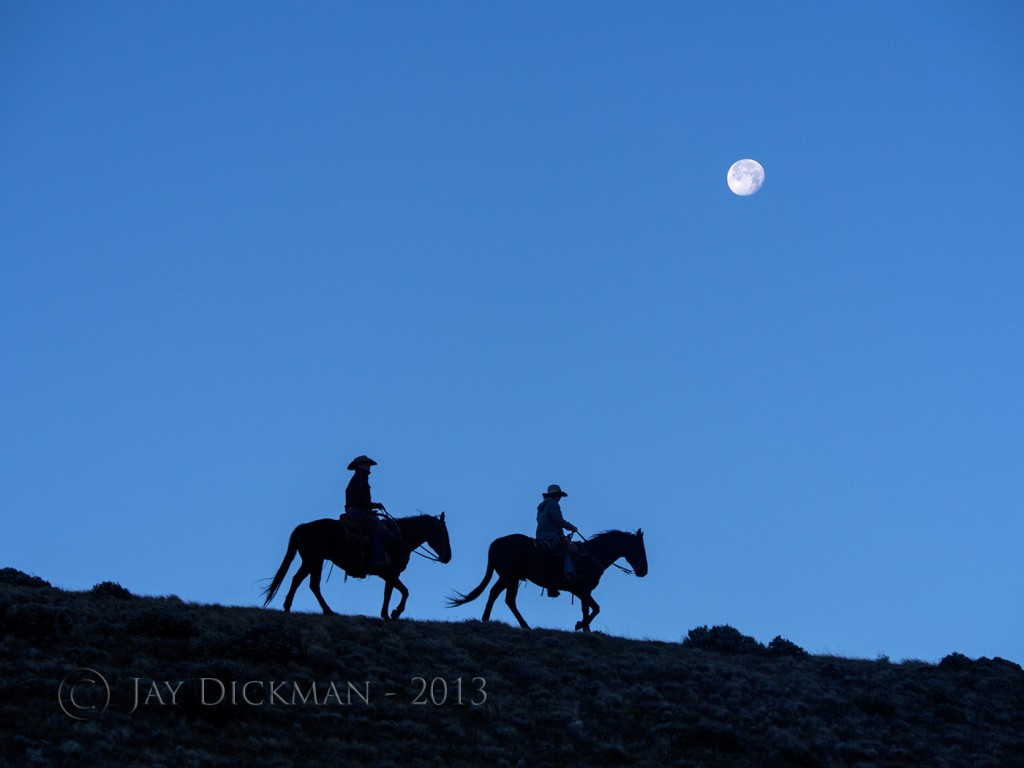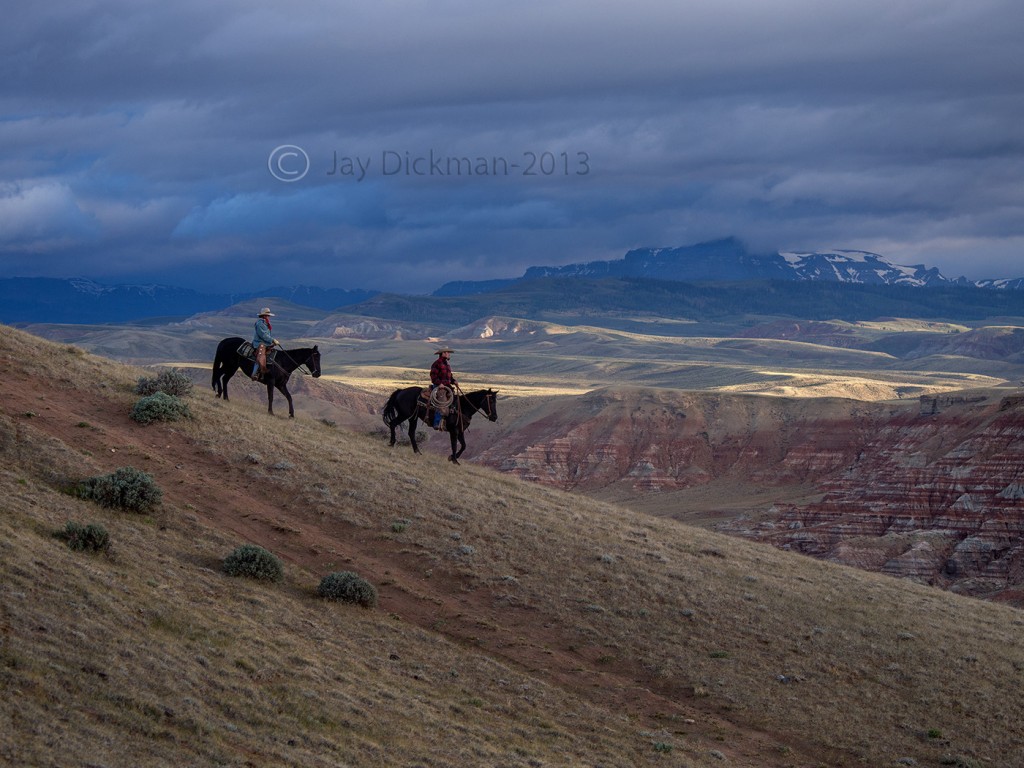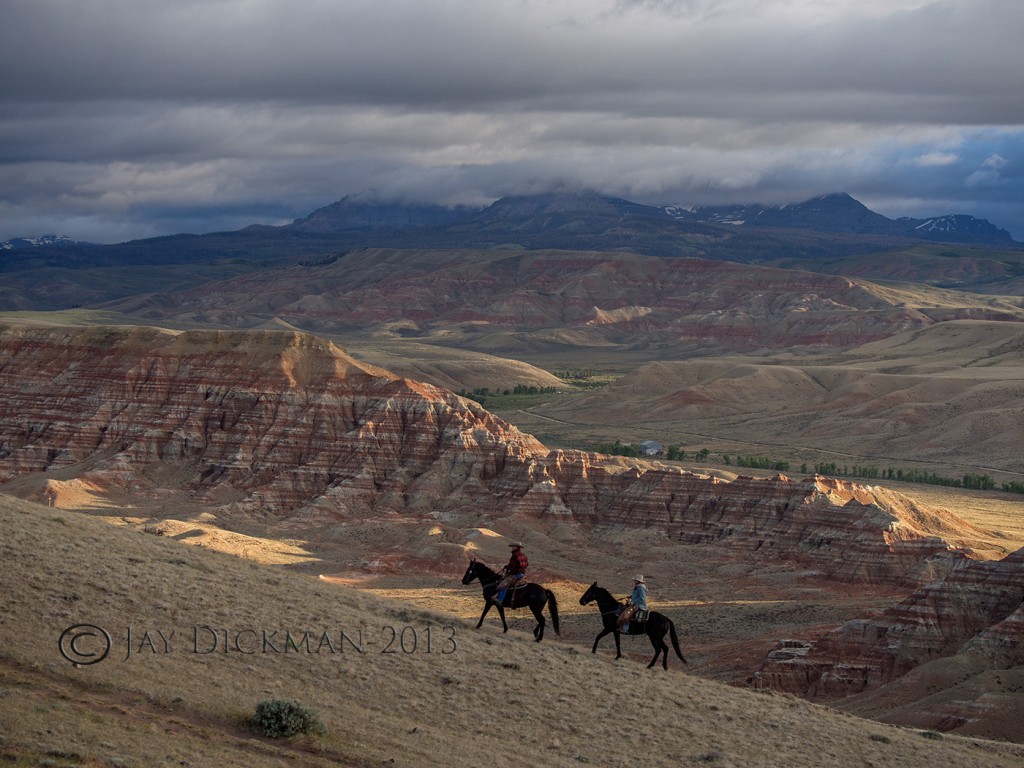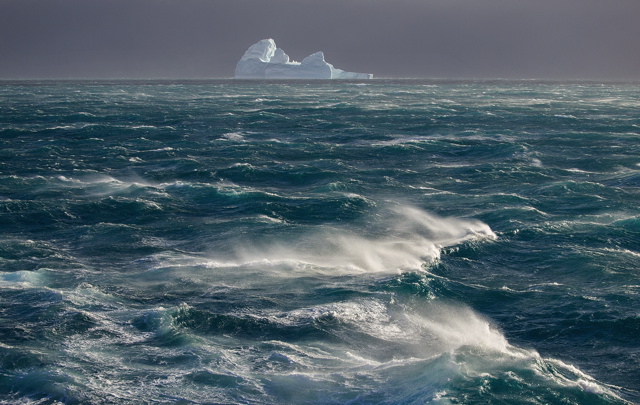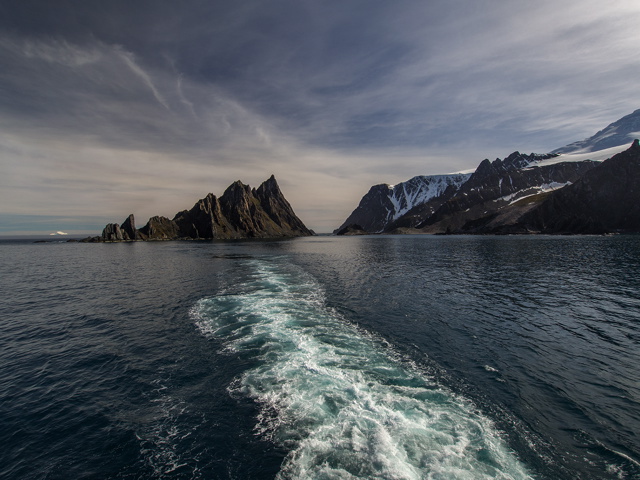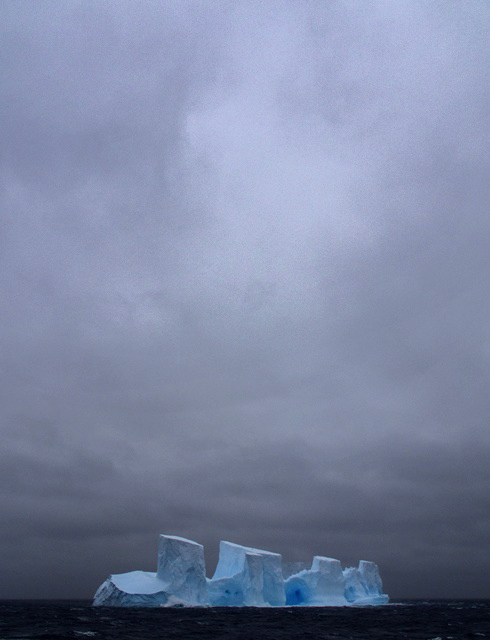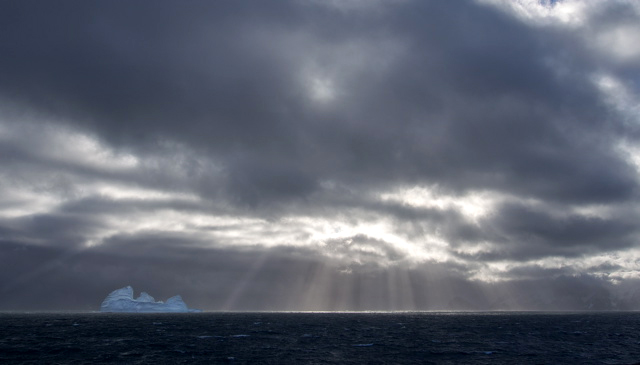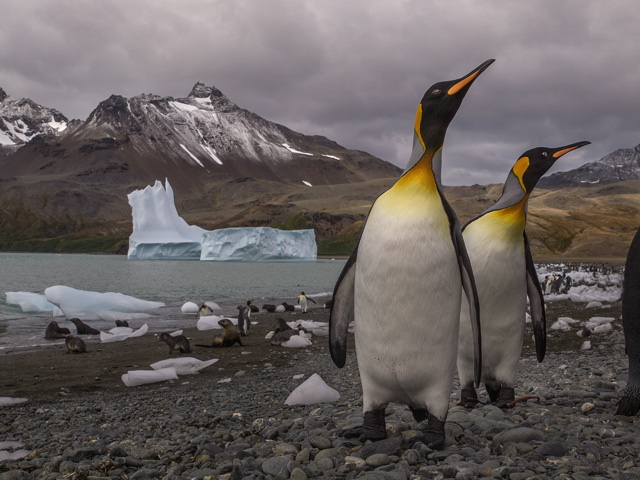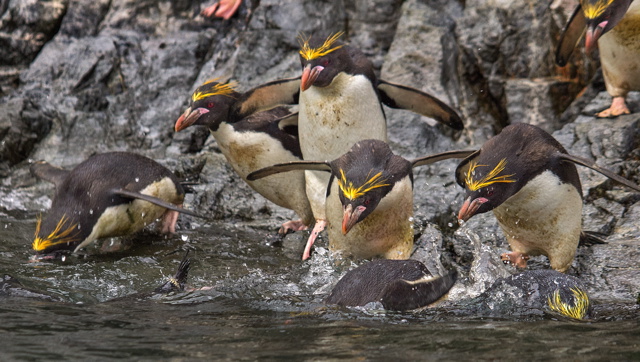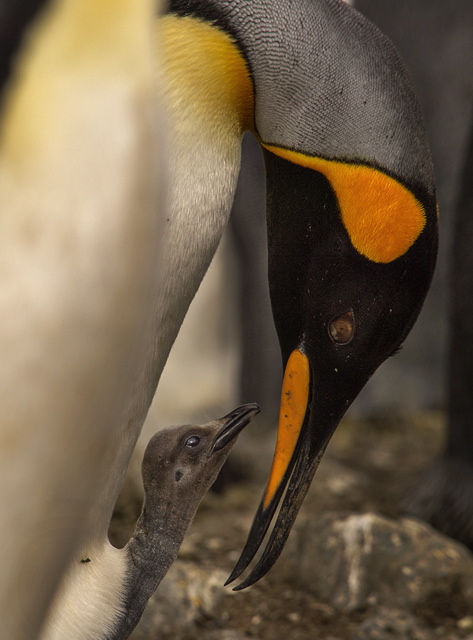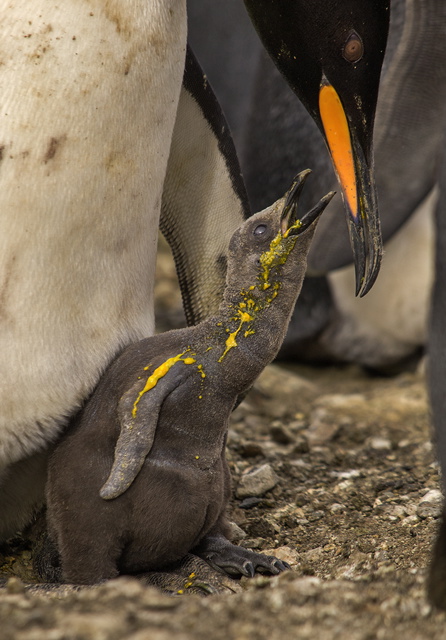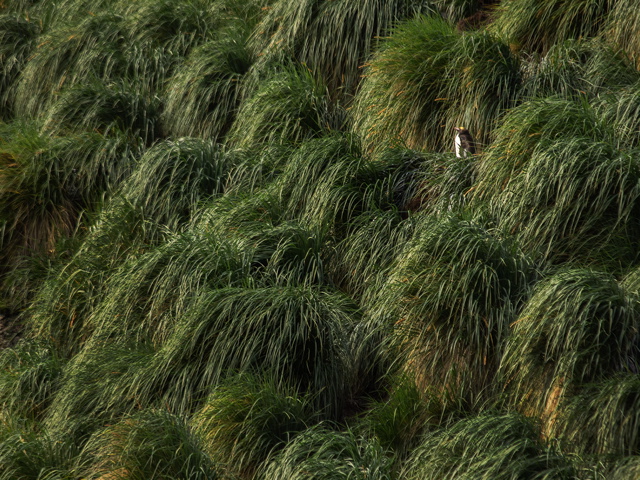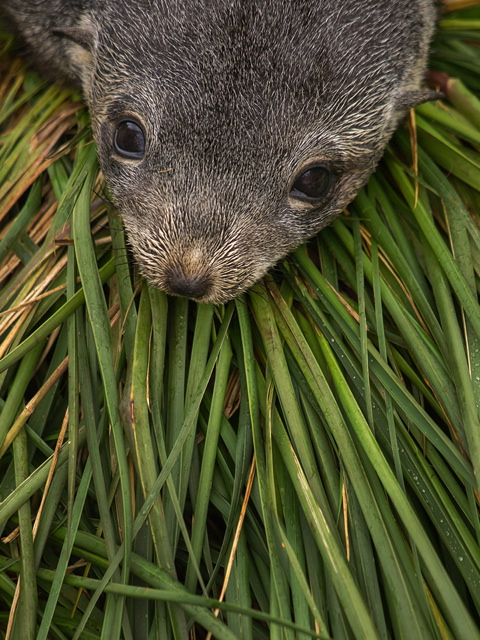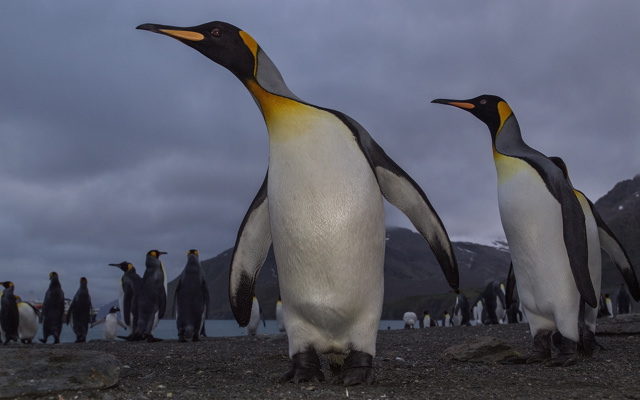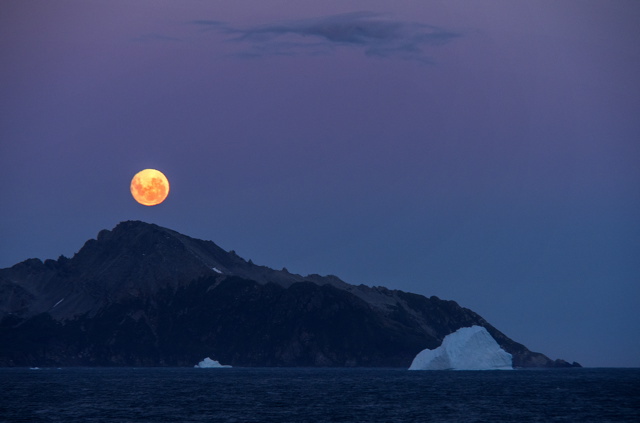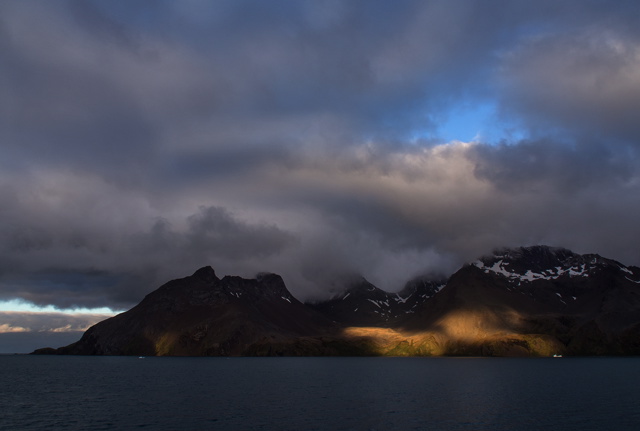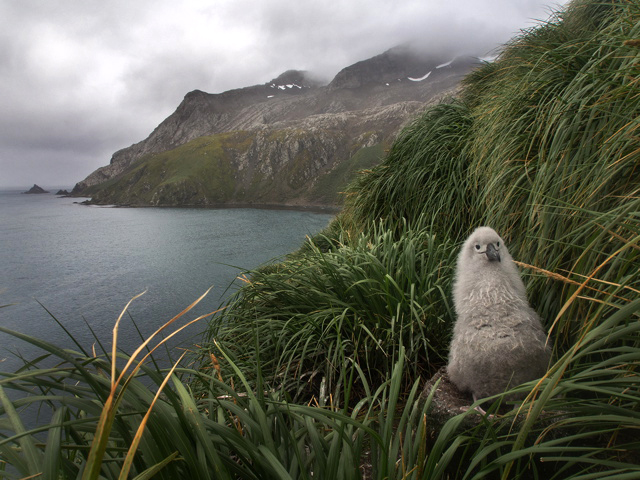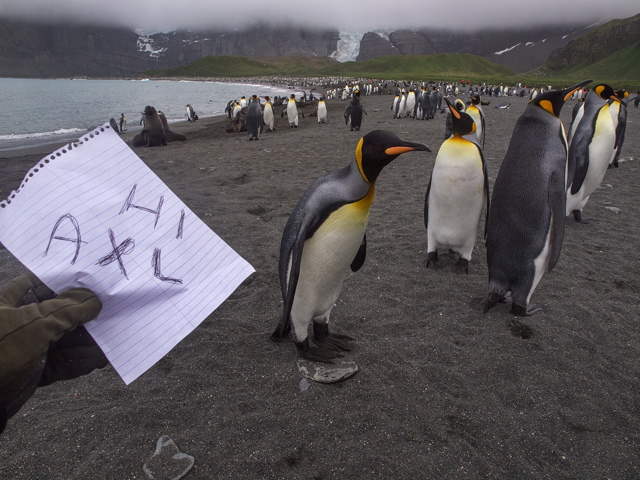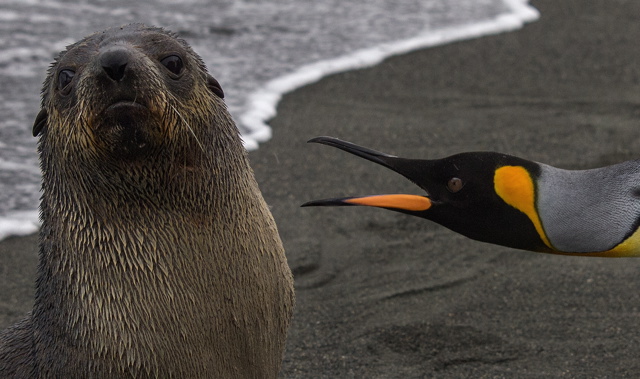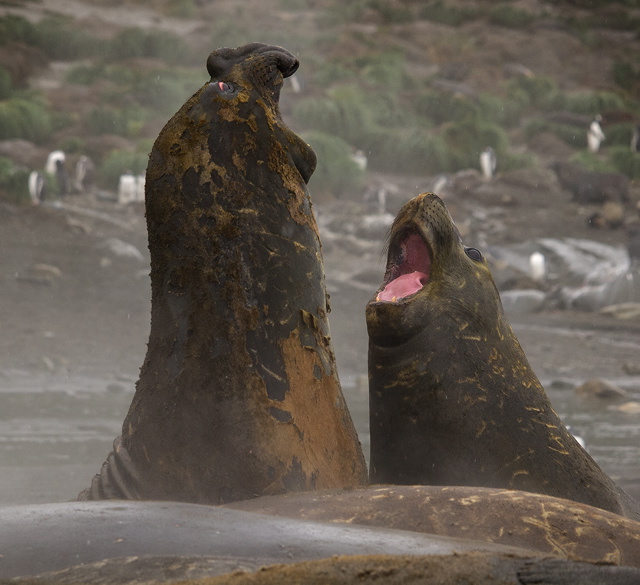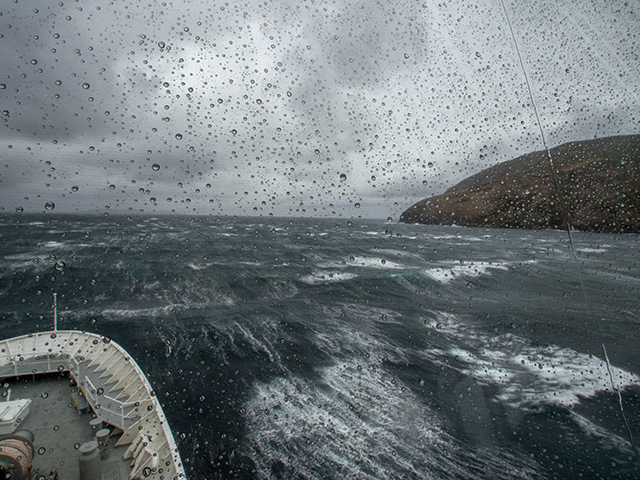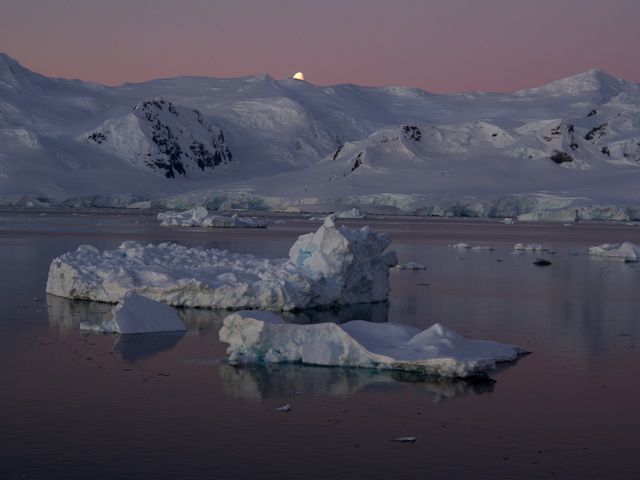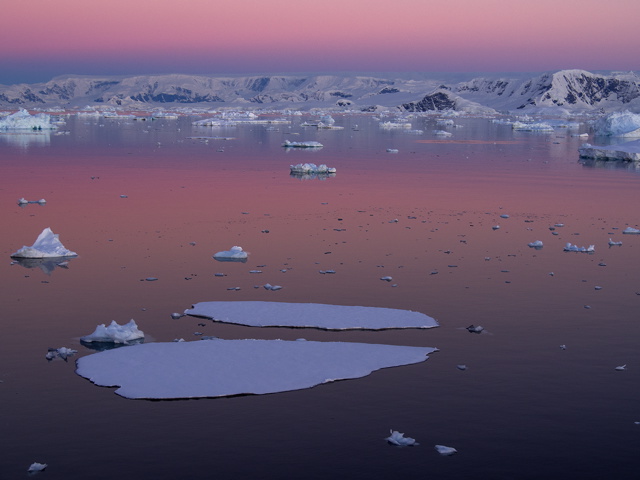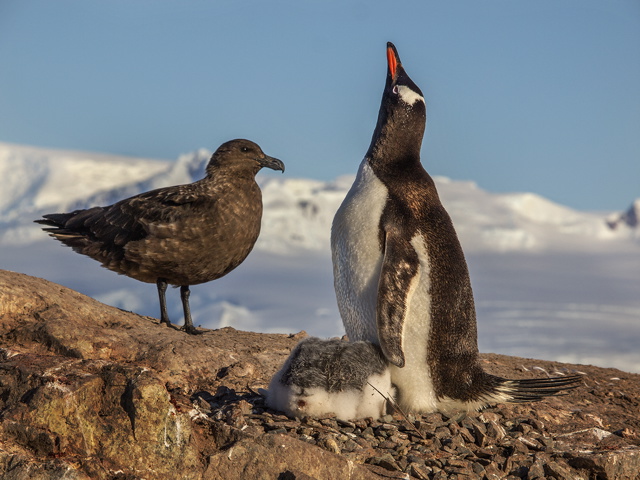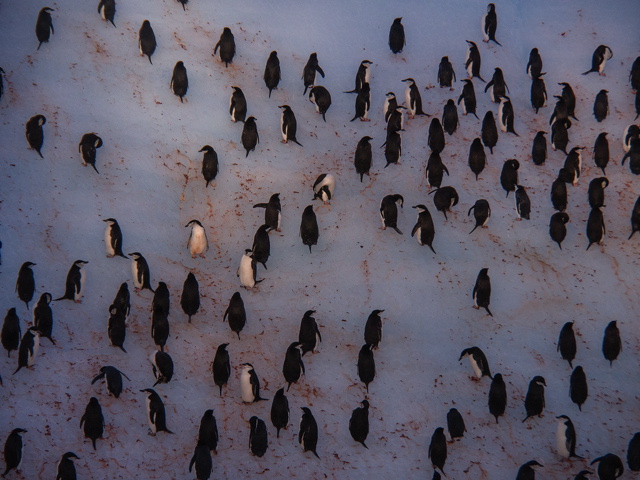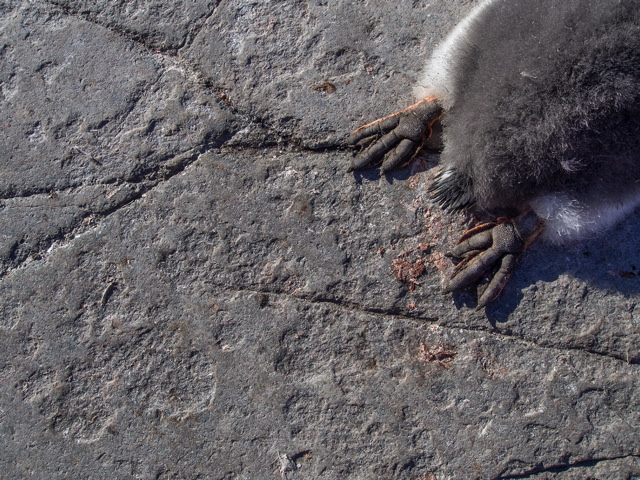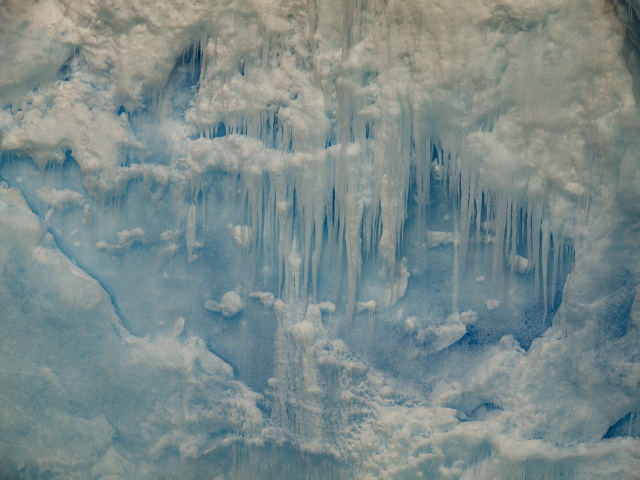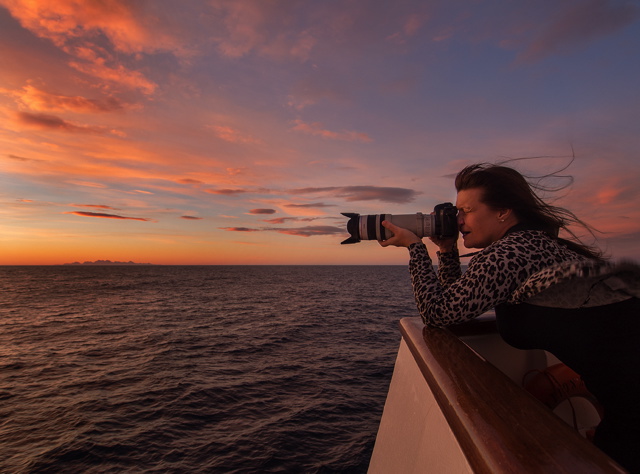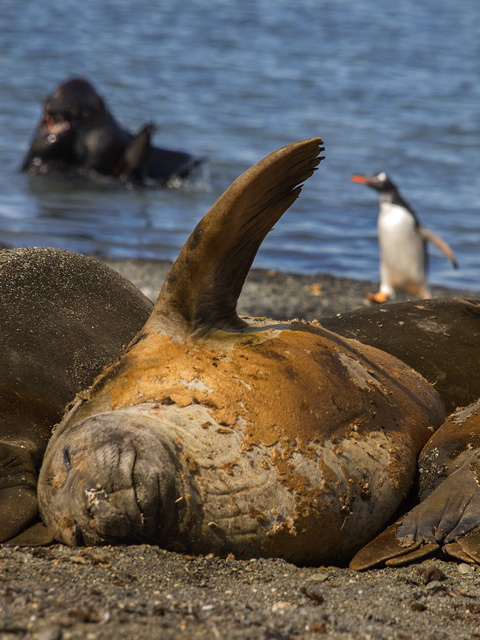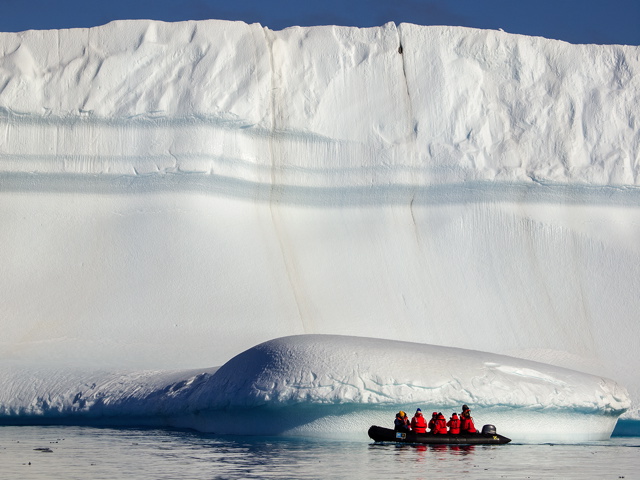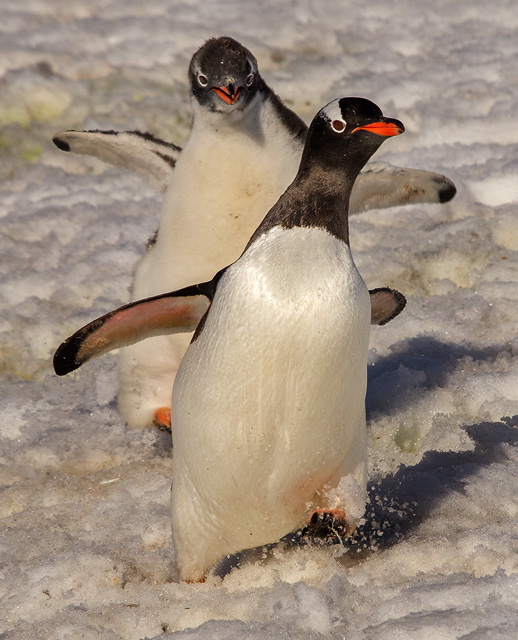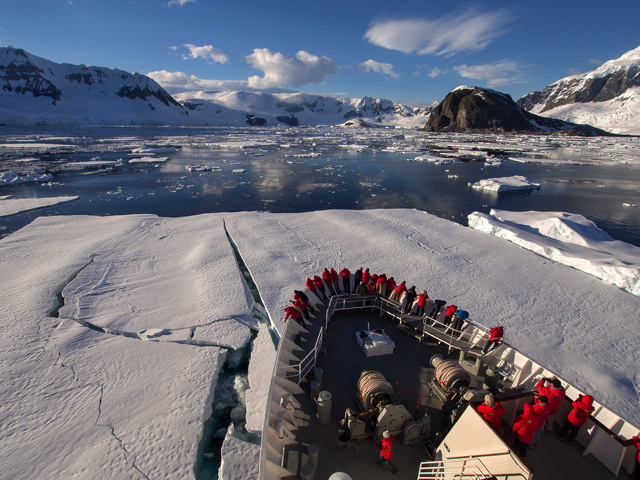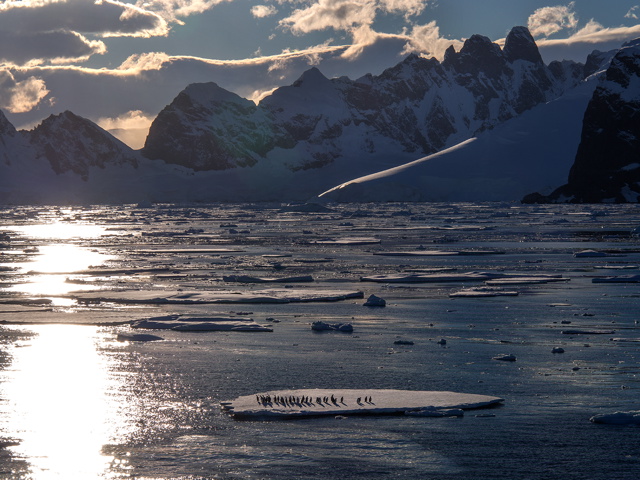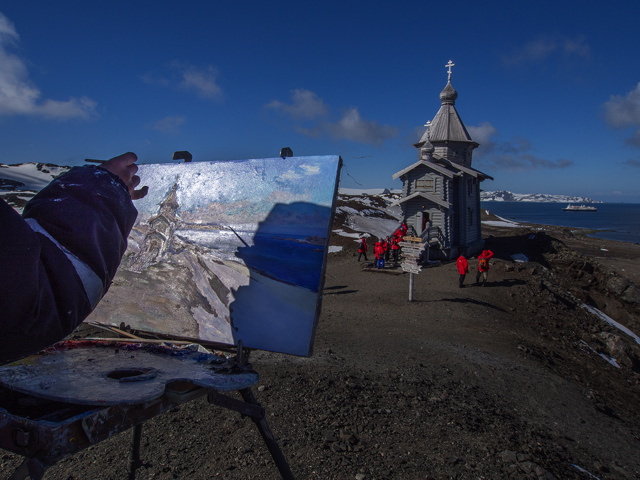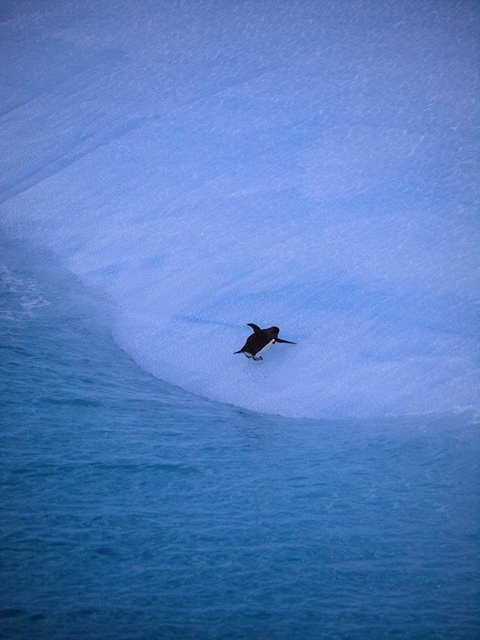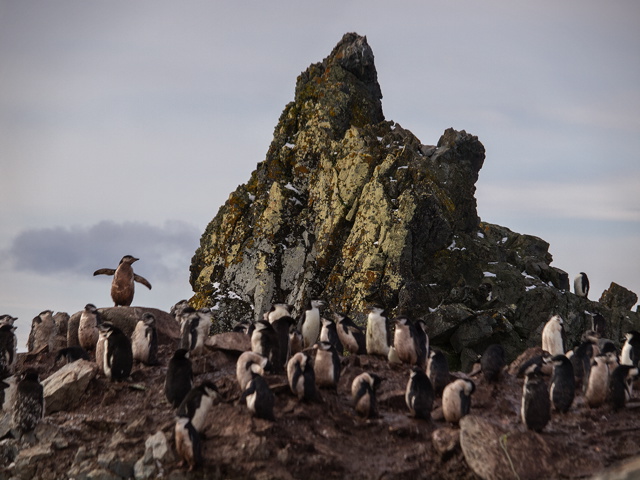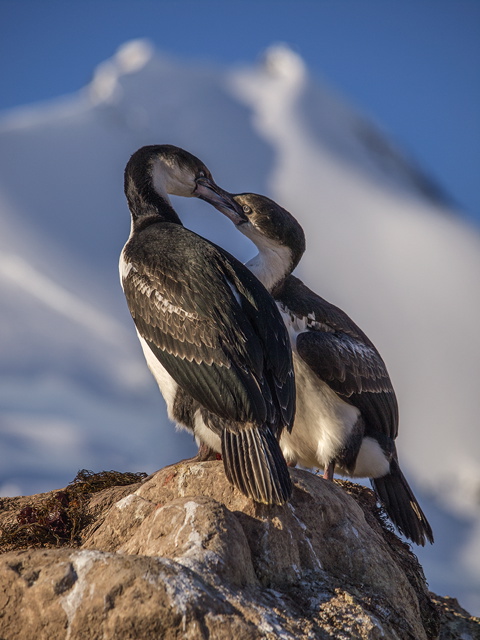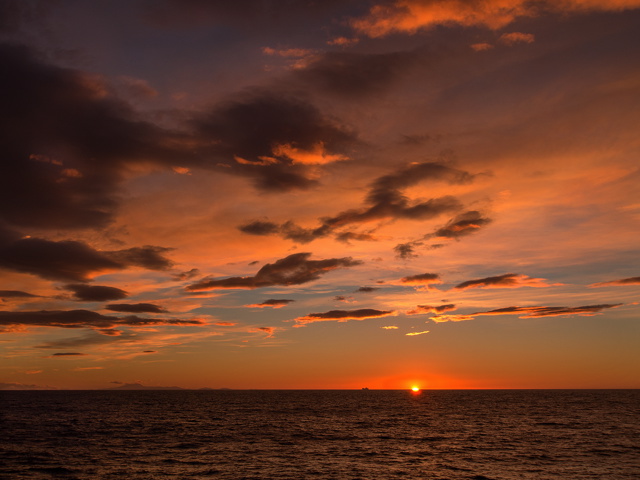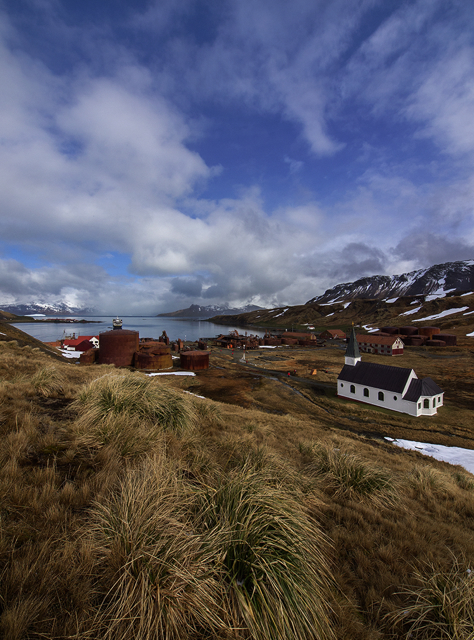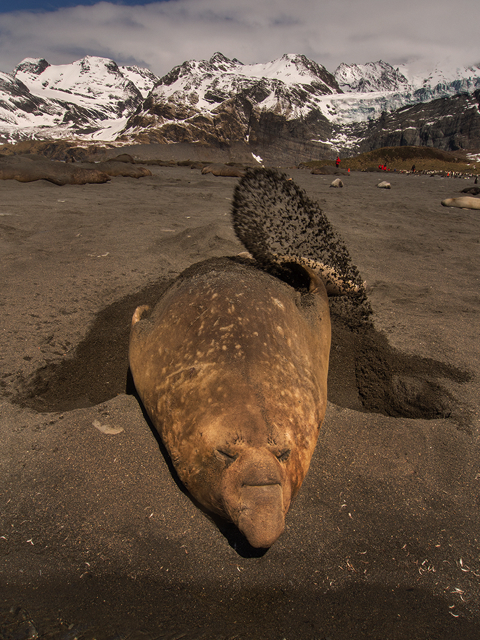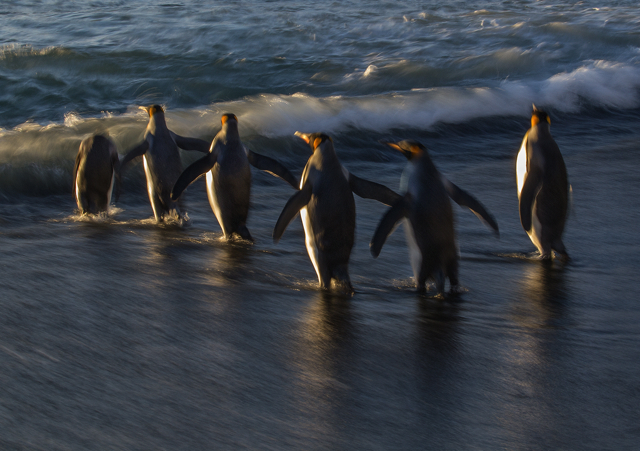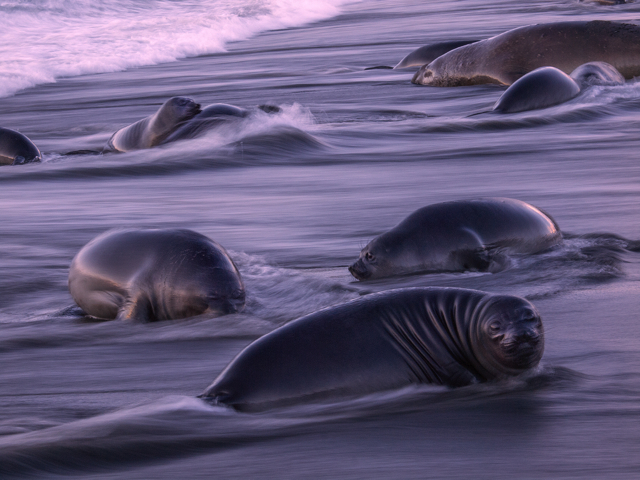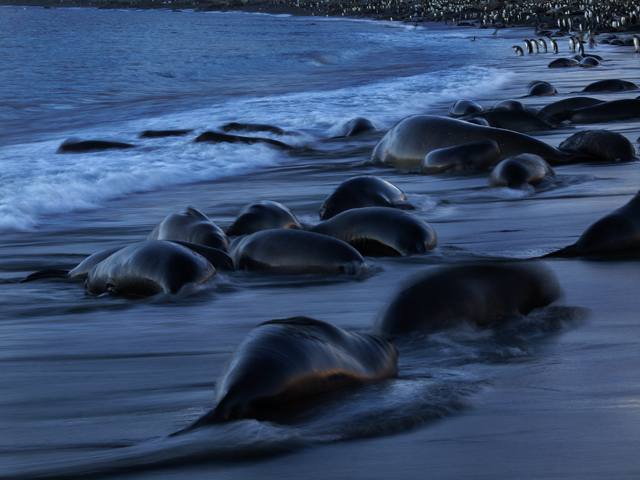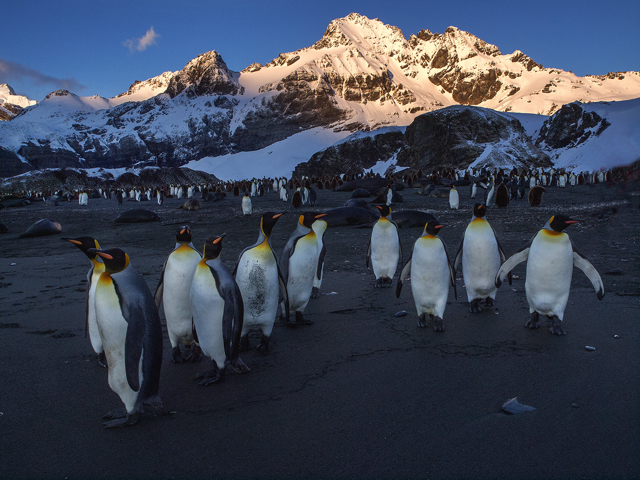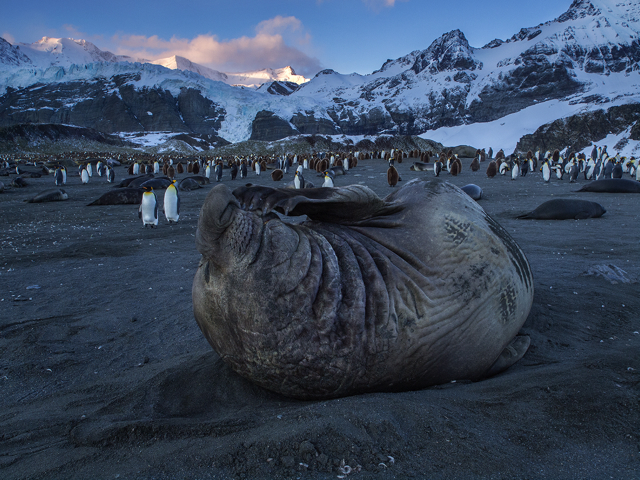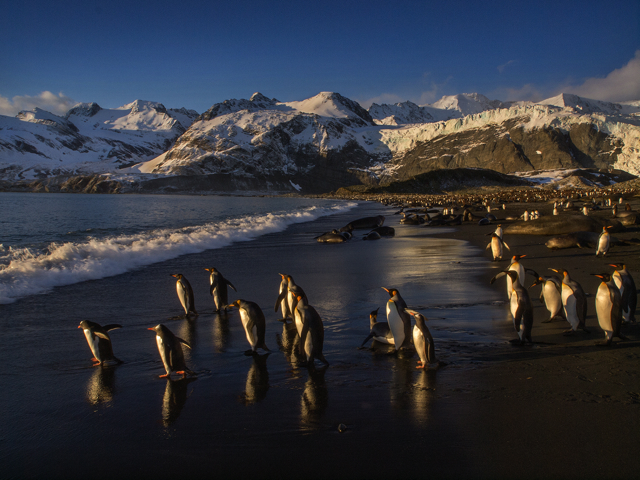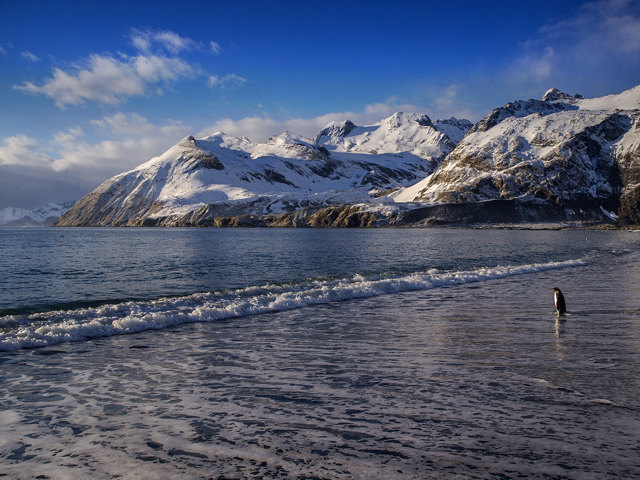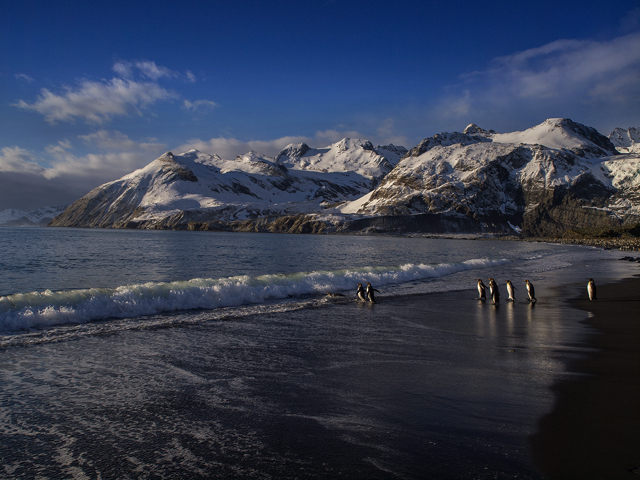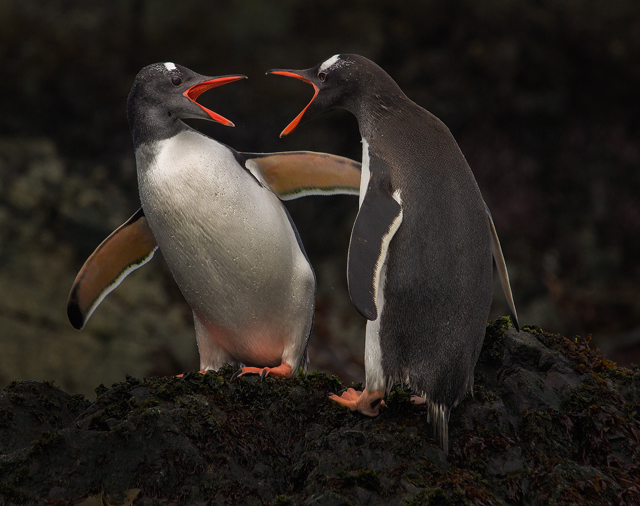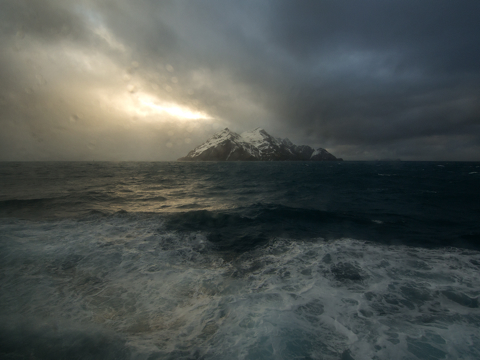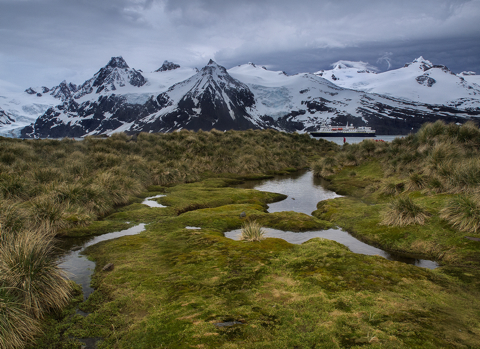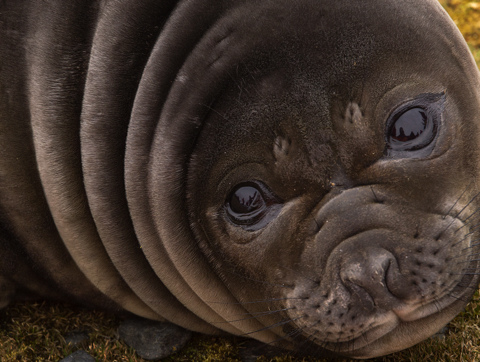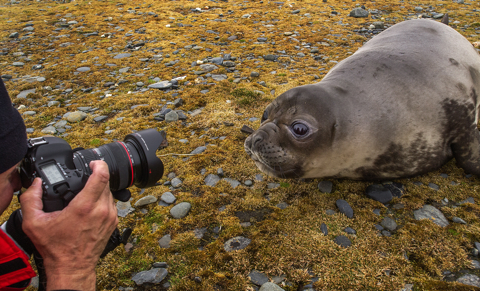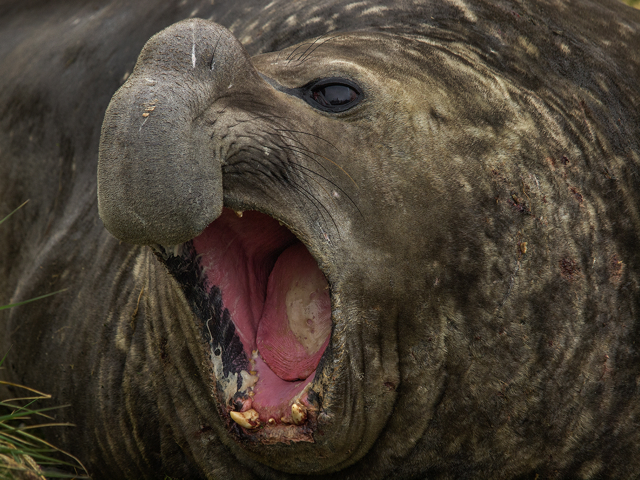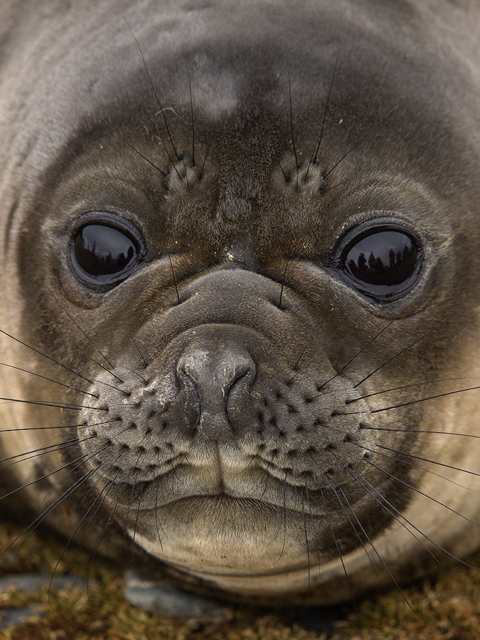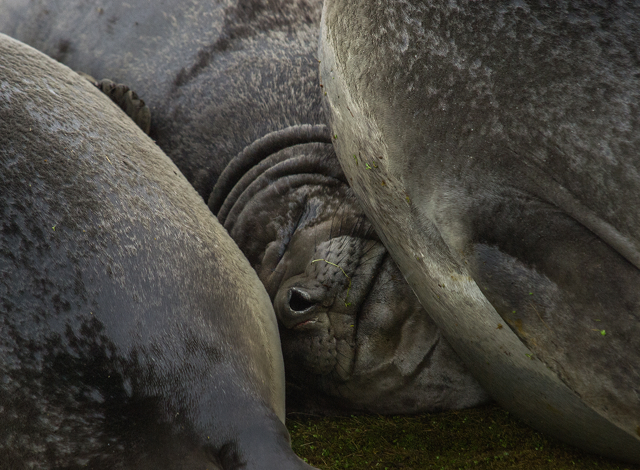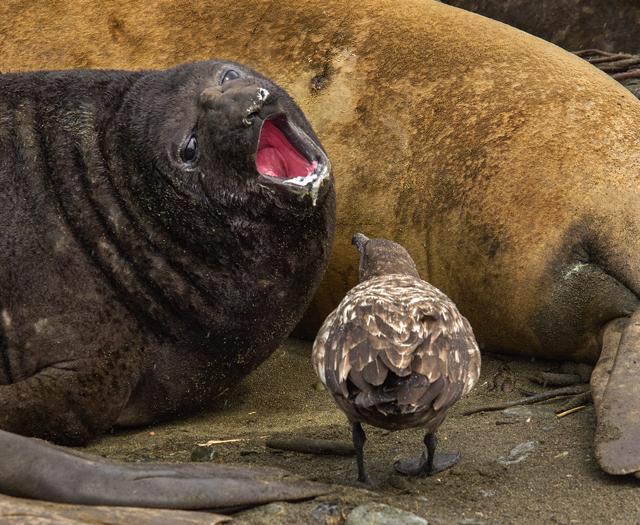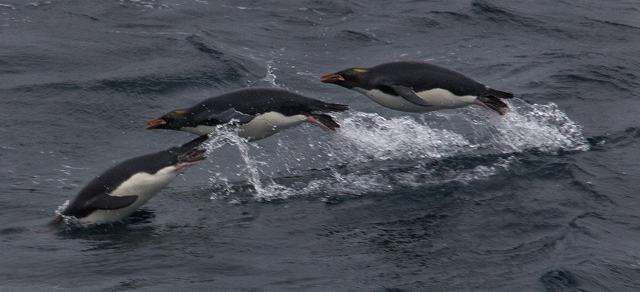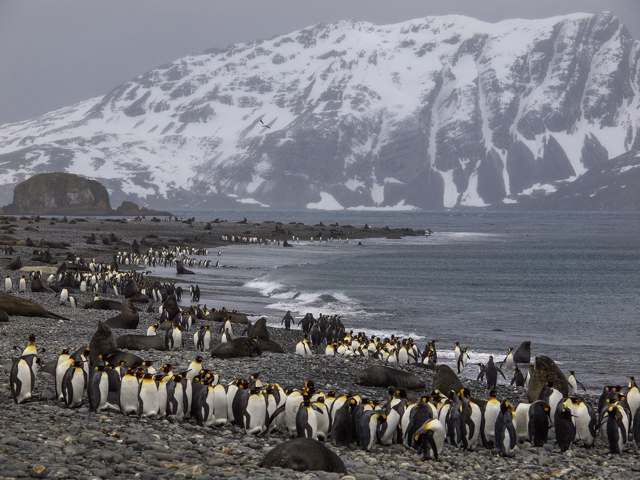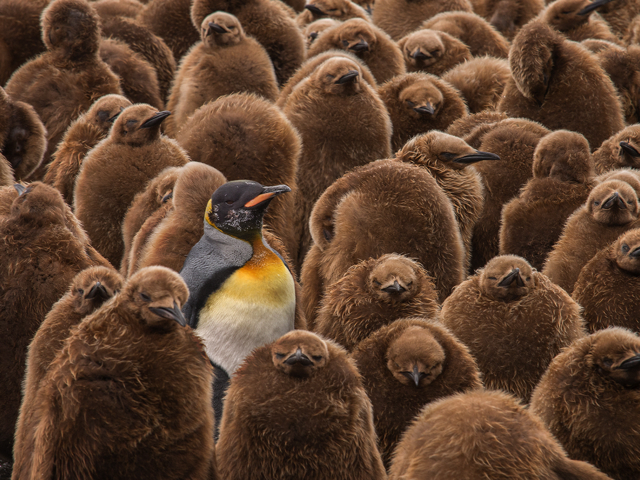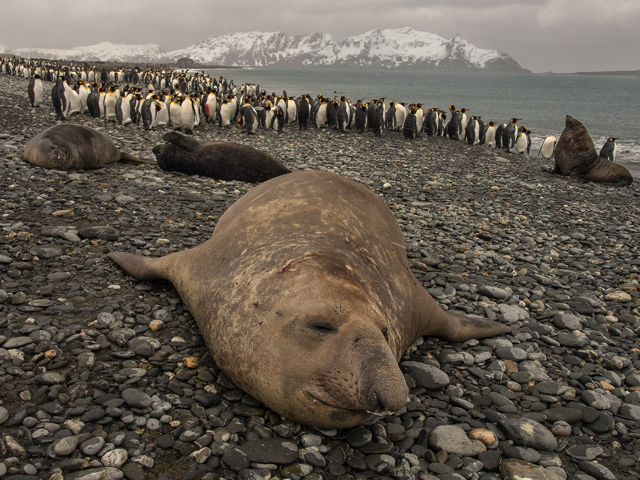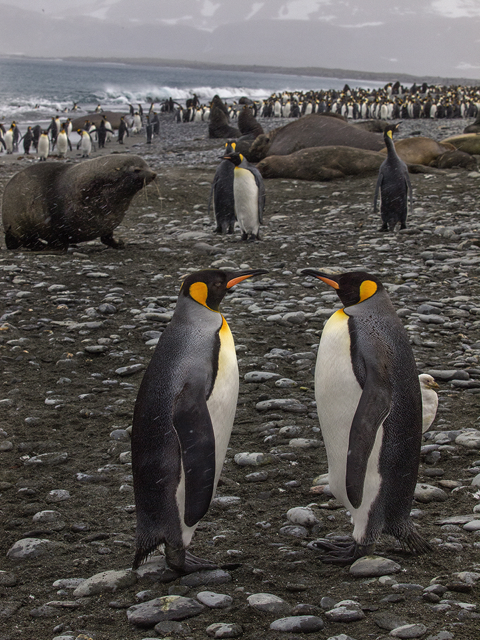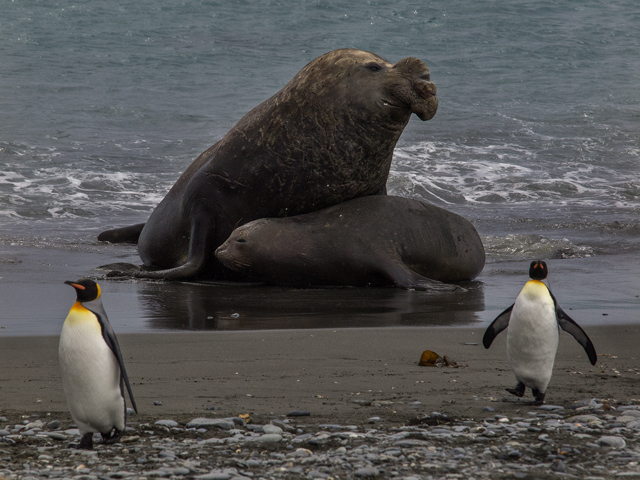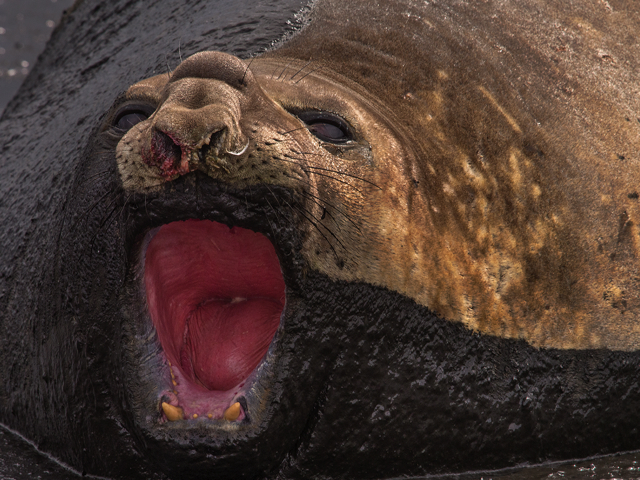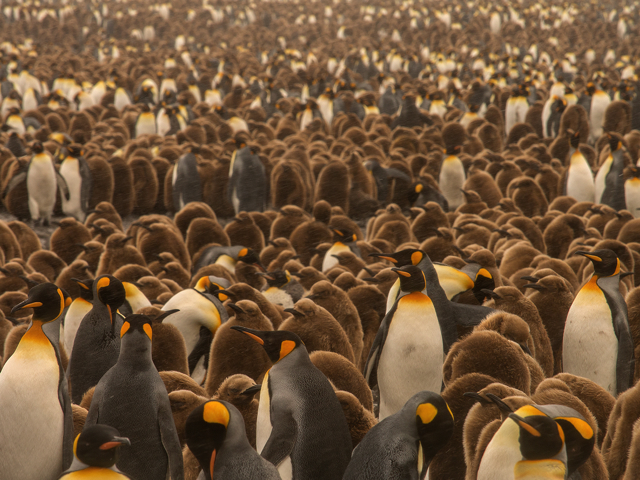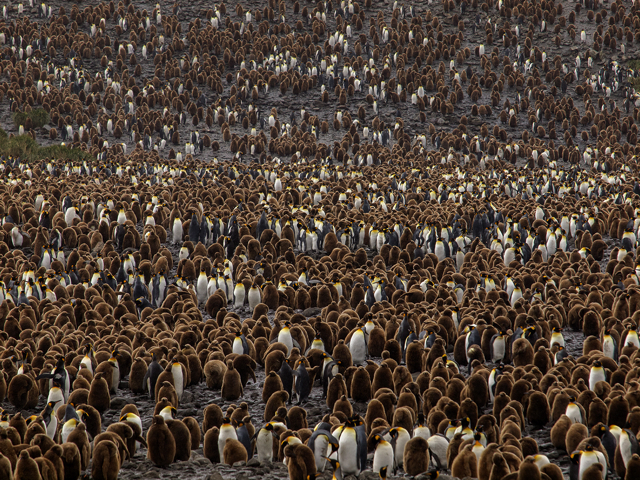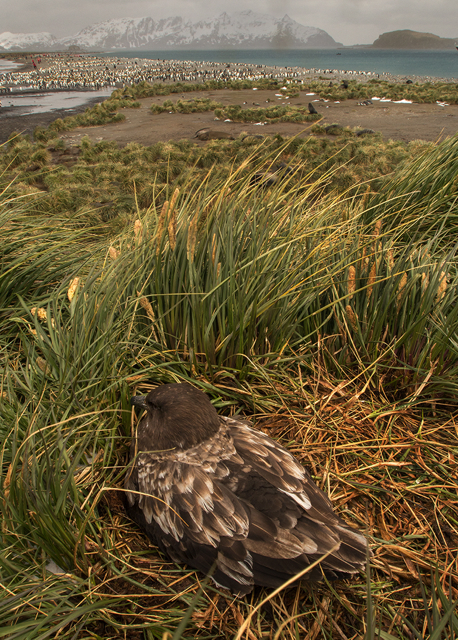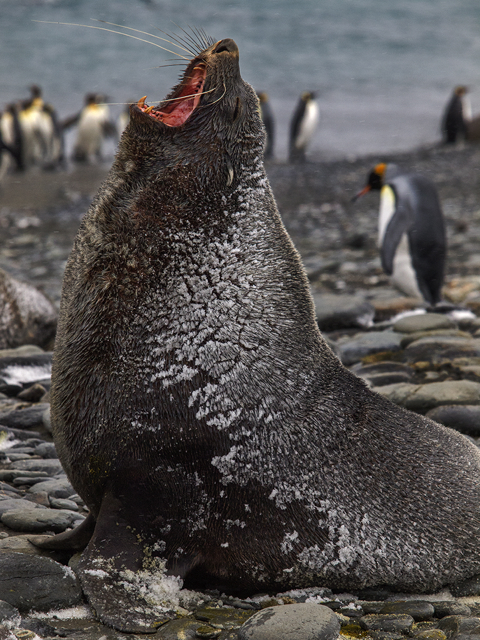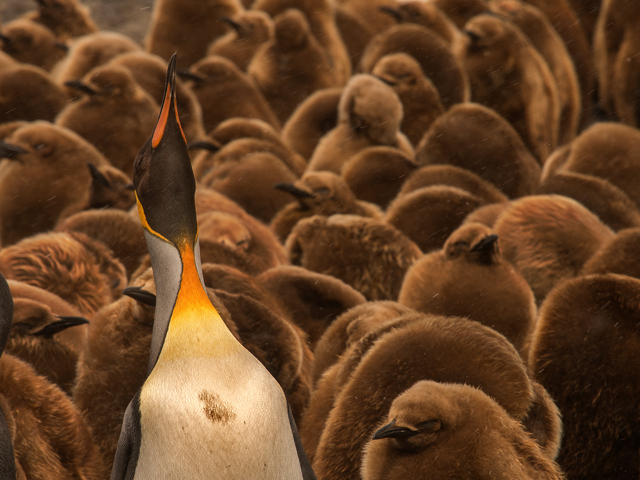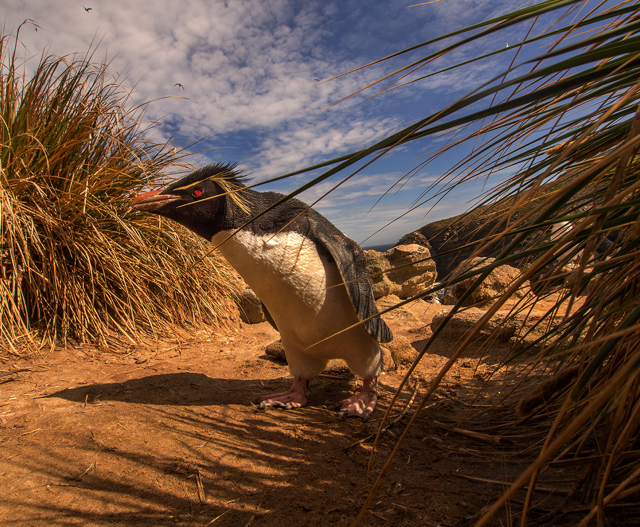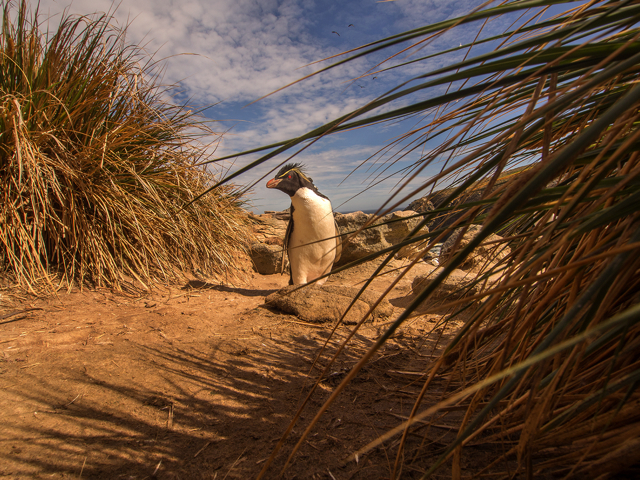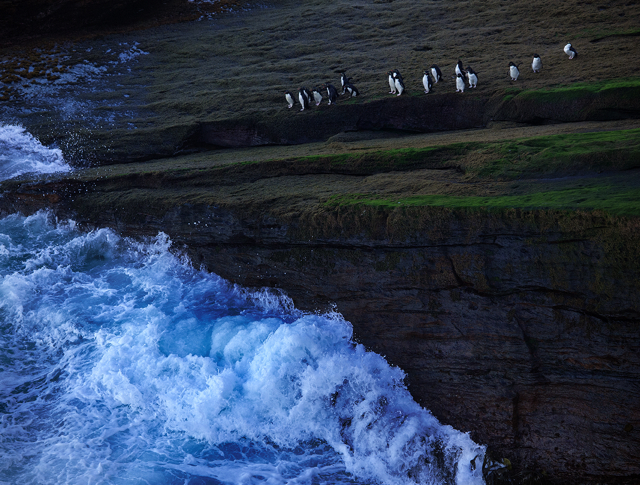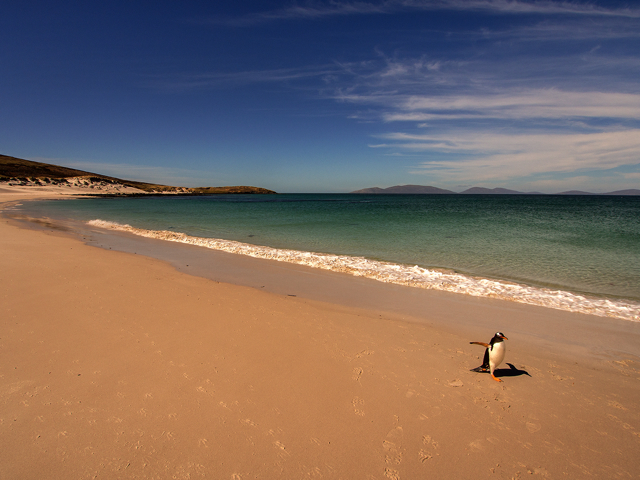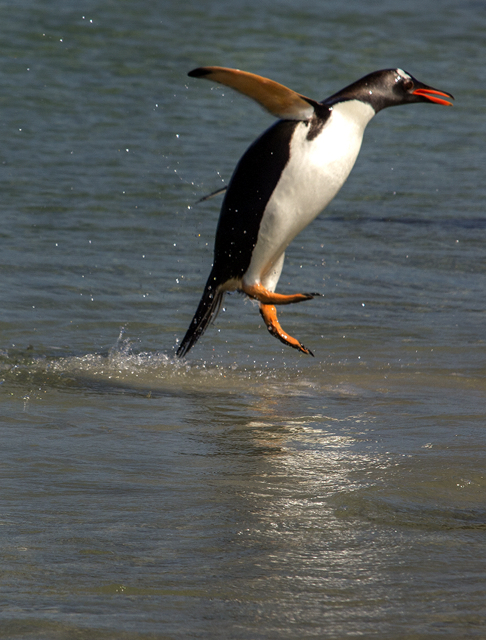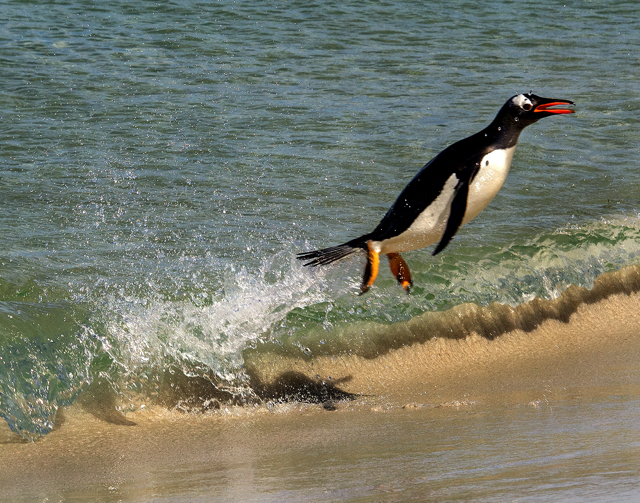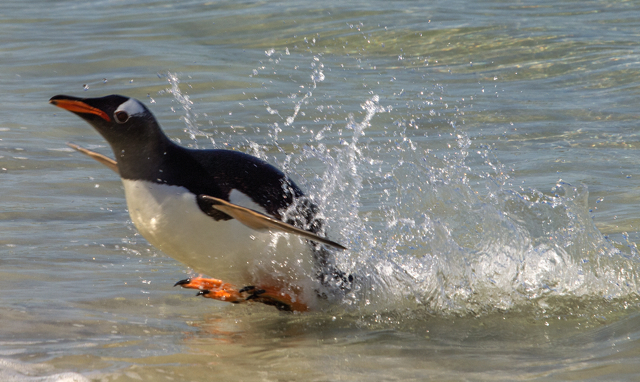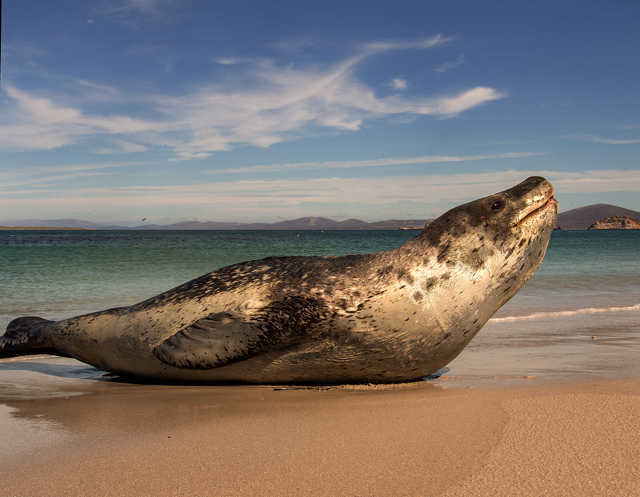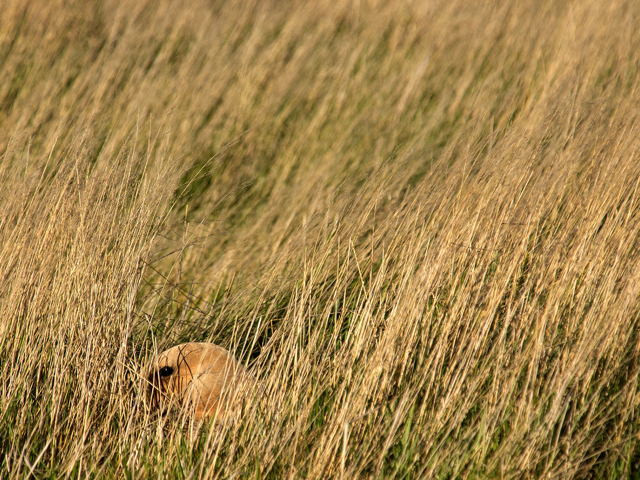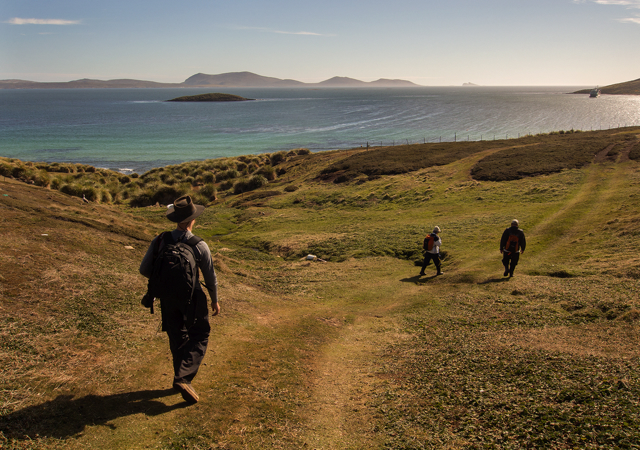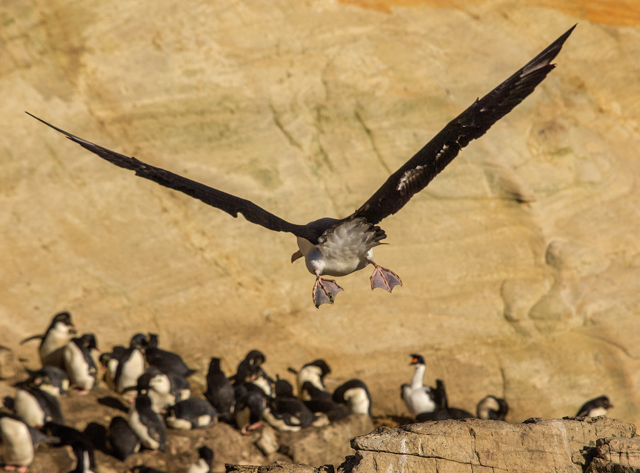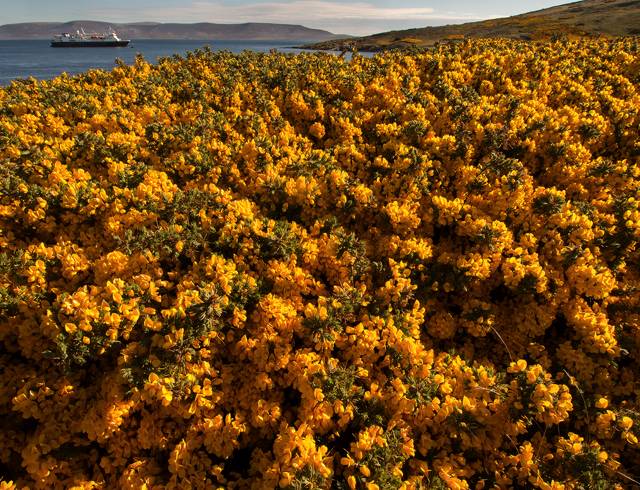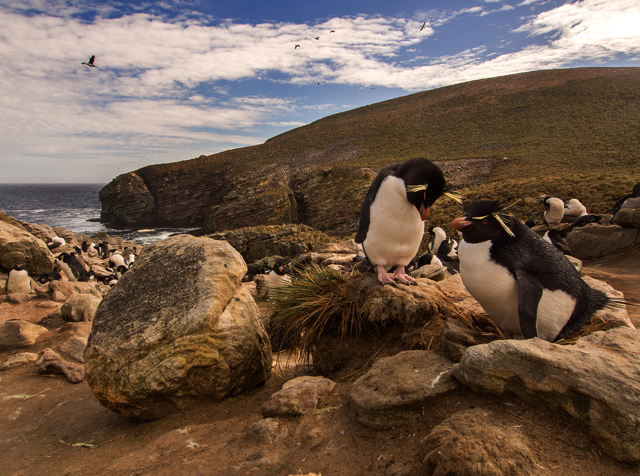In the Antarctic.
In the past few days, we’ve entered the Antarctic waters…the scenery radically shifted from South Georgia: instead of greens of the Tussock grasses, we are in a very monochromatic world. Black and whites in varying degrees of intensity with almost no intrusion of color.
One of first stops was Whalers Bay on Deception Island. An old whaling station, this landing introduced us to Antarctic weather. A heavy wind turned into near blizzard conditions ashore, it was wonderful. Blowing snow, the landscape almost obscured by the snow and the penguins hunkering down in the 30+ knot winds.
Included in our stops so far has been Cuverville, Neko Harbor which were accomplished yesterday, and a passage through the narrow and gorgeous Lemaire Channel. Booth and Petermann Island took us through Friday.
I’ve been shooting more and more with the Olympus OM-D, it was hard at first making the transition to such a smaller camera. Old habits die hard! But, if you’ve been reading my blogs in the past, I have been championing this Micro Four Thirds (MFT) format for a while. I constantly hear from photographers, but also from travelers aboard these trips that they are tired of carrying heavy cameras. So, often these DSLR’s are left at home. Many people depend on their smartphone for the main core of their photography.
But, I believe that there is a “look” that is found with most of the cell phone photos: a slightly removed, generally more un-involved image. And, how can it be any different when the photographer is holding the phone at arms length, trying to make critical decisions about the “choreography” contained within the photo? How do you capture a decisive moment when you can’t see the subtlety of a facial expression, or watch through the viewfinder for the subtle glance between your subjects. Holding that camera-phone at arms length, the background I also thinks creates “interference” in that creative process.
Seeing these mirrorless system cameras becoming a real-world tool for the serious photographer is wonderful. Between Olympus and Panasonic, many serious lenses have been released in this format. Included are the Olympus 12mm f2, 45mm f1.8, 75mm f 1.8. Panasonic has released a 7-14mm f4, a 12-35mm f2.8 and the 35-70mm f2.8. As always, double the focal length to obtain the shooting field of view, thus the 12mm becomes effectively a 24mm, the 75mm a 150mm, etc. I’m anxiously waiting to see a serious, “super-telephoto” in the MFT series. With this great stable of lenses, I can do my international travel, often in carry-on, size-restricted airlines, with all my cameras/lenses with me. The smaller size factor reduces the weight considerably, as well as the “intrusion” created with larger cameras. Working in many places today, a large camera is not desireable to carry as the photographer becomes more of a target for theft and/or harassment.
It’s an evolving world, with the photographer benefiting from these technical developments. I can’t imagine where technology will take us in the next 5 years. Please look below text block for photos
Hello AXL and Miss D’s class! I’m in the Antarctic; the number of penguins we’ve seen must now be in the half-million or so. Wow. In addition to those penguins, we saw a group of killer whales that were very close to our location. In fact, one of our “Zodiacs” (big, rubber rafts with powerful engines) was checked out by a group of killer whales yesterday.
The Killer whales do a cool thing called spy-hopping, which means the whales will swim up to something of interest, then stick their heads out of the water to check out that object. This is a hunting method as well. The favorite dinner of the killer whale is a Weddell seal, which love to sleep on bits of floating ice. The killer whales will be swimming along, looking up for the shadow of the seals on the ice. Once they find one, the group of whales will “spy hop” to visually confirm the sighting. Then, acting as a group (the females are the leaders in a group of Killer whales) they will swim away from the ice, turn and all swim together near the surface. This will create a wave in front of the dorsal fins of the whales, the wave washes over the ice and sweeps the seal off…you can guess what happens to the Weddell seal!
The Antarctic is a wonderland of incredible shapes, many of the large icebergs looking like magic castles, dragons or other fantastic forms.
Here’s a question: What season is it now in Antarctica? Is it summer, winter, spring or fall?
The answer: we’re coming into summer down here. Because we’re below the equator, seasons are reversed. Pretty weird, huh? The penguins will celebrate Christmas in summer!
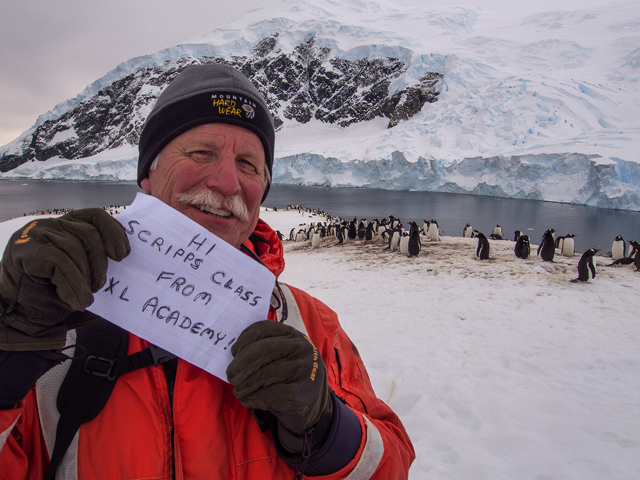
Hi from Antarctica! My thumb is covering the "A"
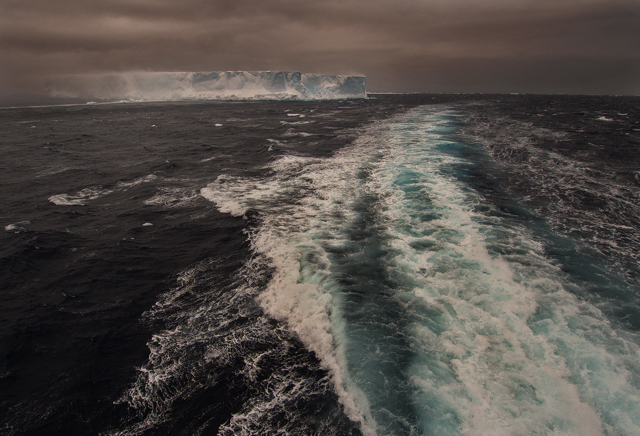
Entering the cold waters of Antarctica Olympus OM-D 9-18mm lens
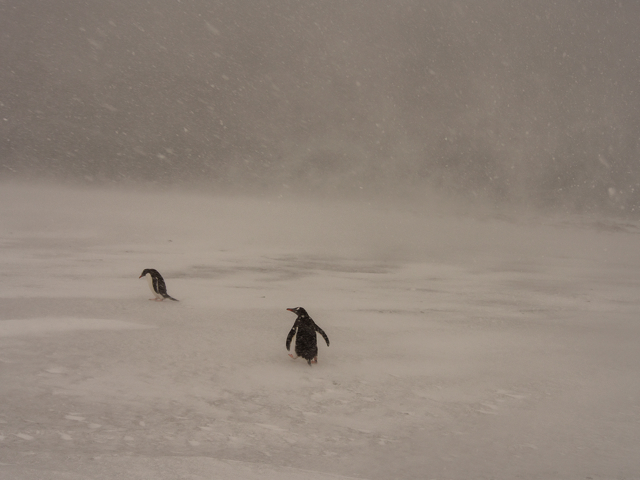
Blizzard conditions on Deception Island
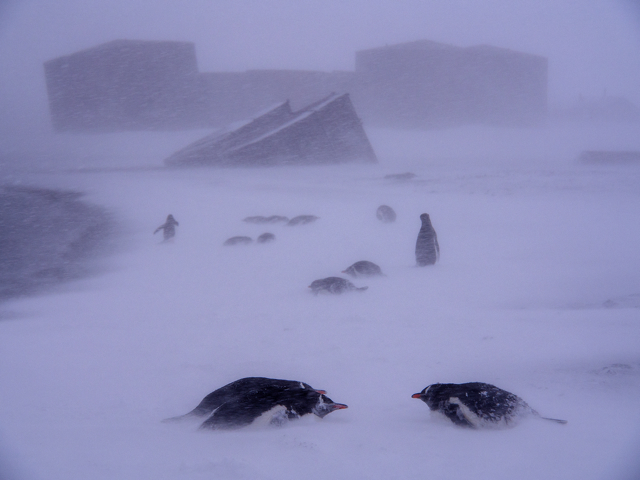
Whalers Bay on Deception Island, Olympus OM-D 12-50mm lens
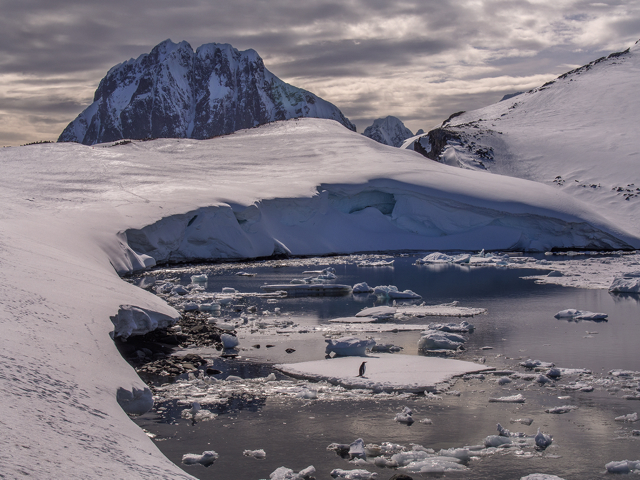
Lone penguin on Booth Island Olympus OM-D 9-18mm
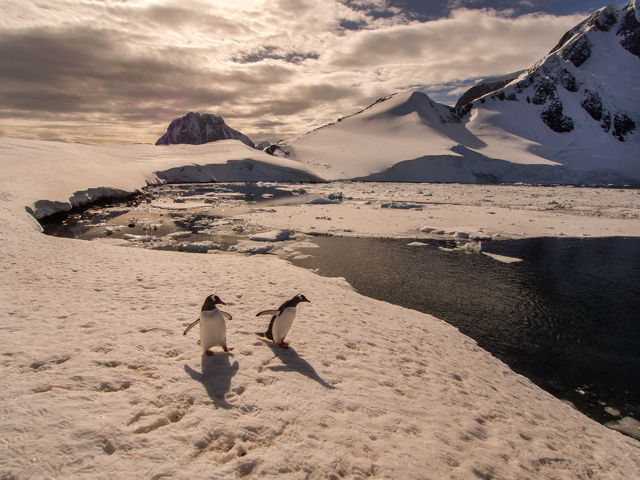
Booth Island penguins Olympus OM-D 9-18mm
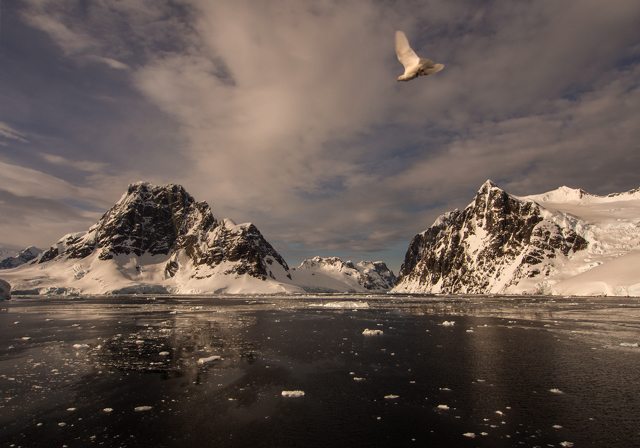
Entering Lemaire Channel
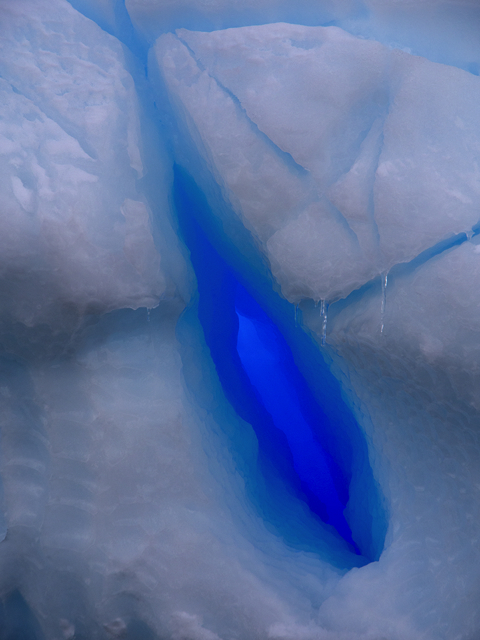
Ice sculpture within Ice Olympus OM-D 14-150mm
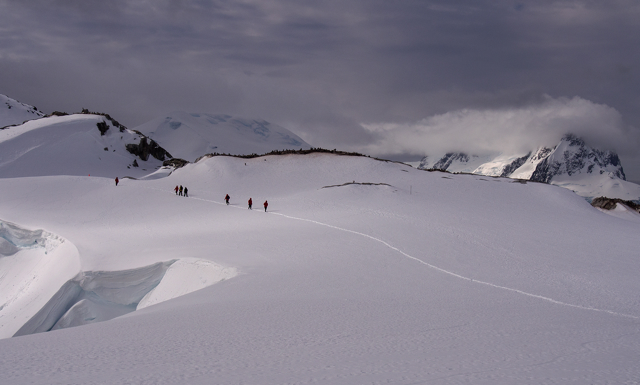
Hiking across Petermann Island
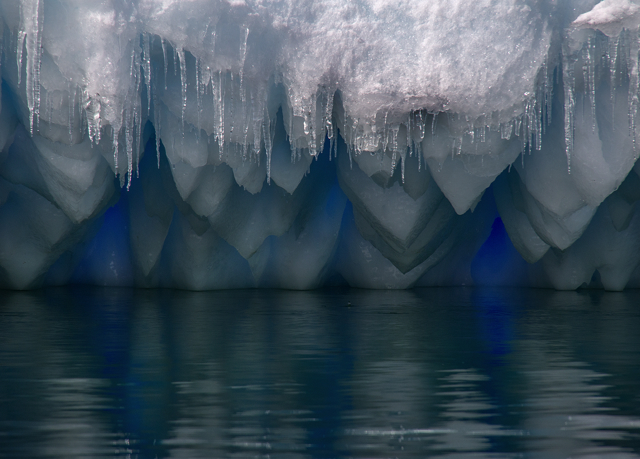
iceberg base
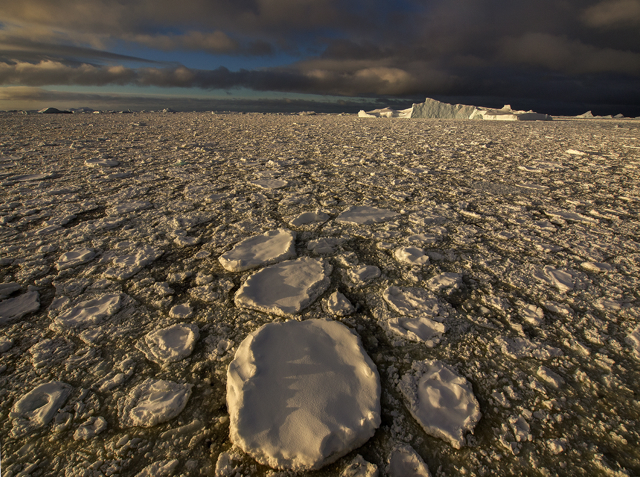
Grandidier Channel late afternoon
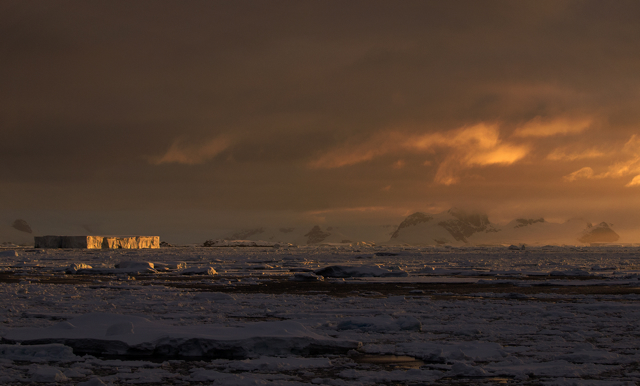
Dusk on the Grandidier Channel with tabular icebergs
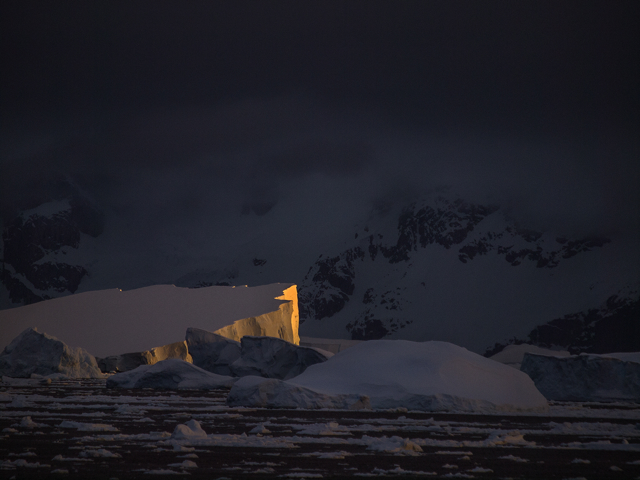
Tabular iceberg in Grandidier Channel
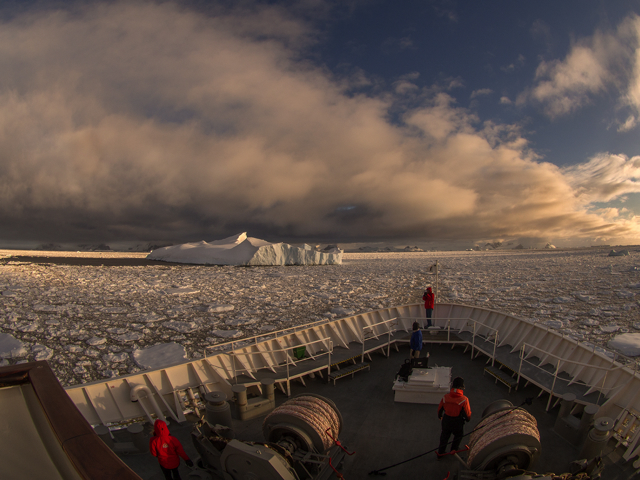
dusk on the Grandidier Channel
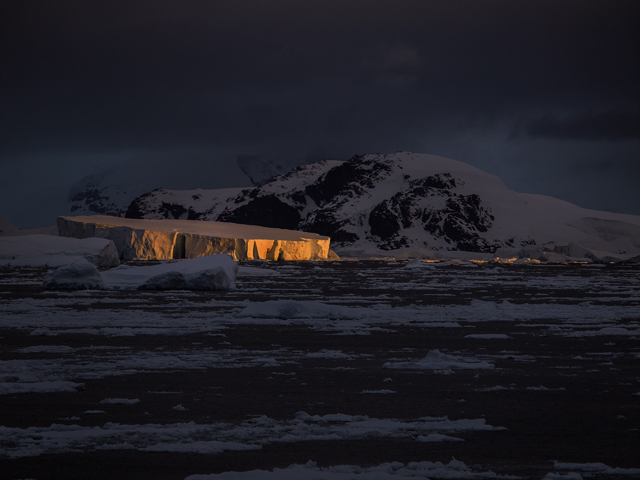
Tabular iceberg in Grandidier Channel
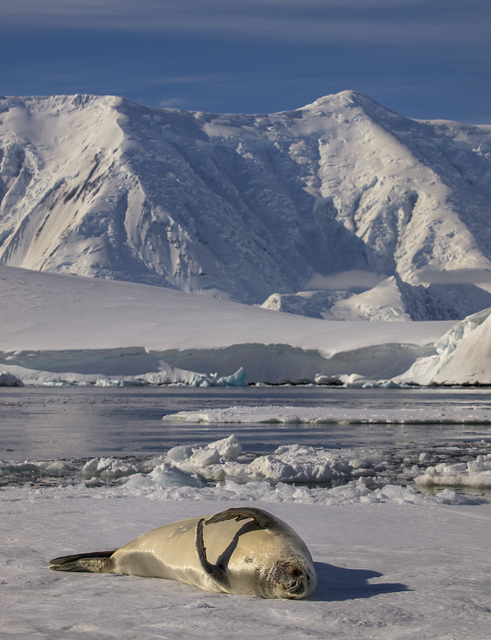
Crabeater seal near Port Lockroy
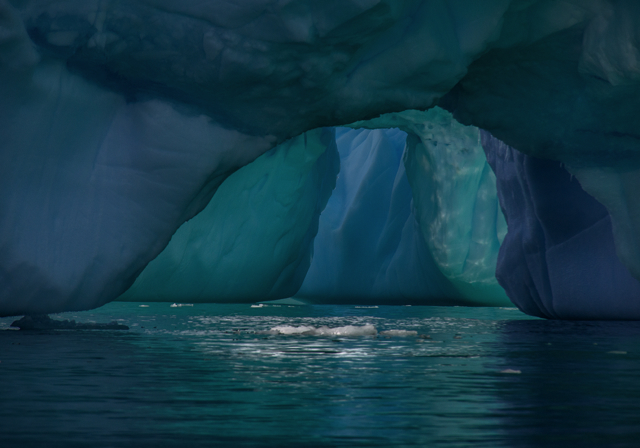
cave in iceberg
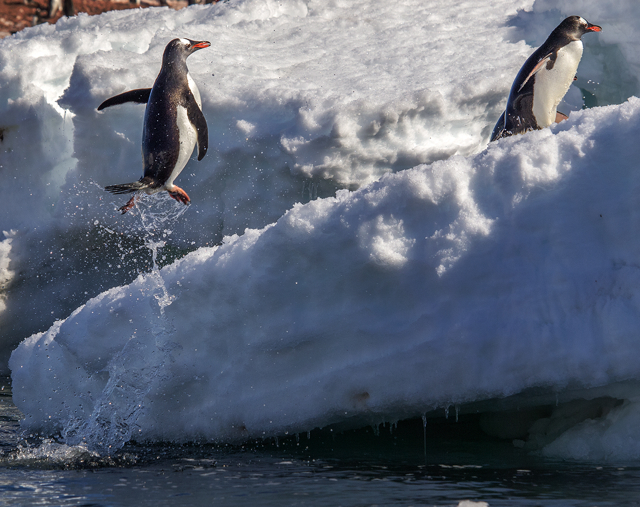
penguins leaping on ice
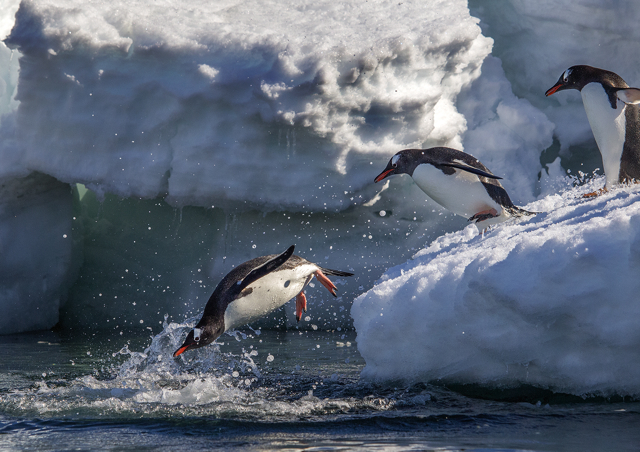
penguins leaping on ice 2
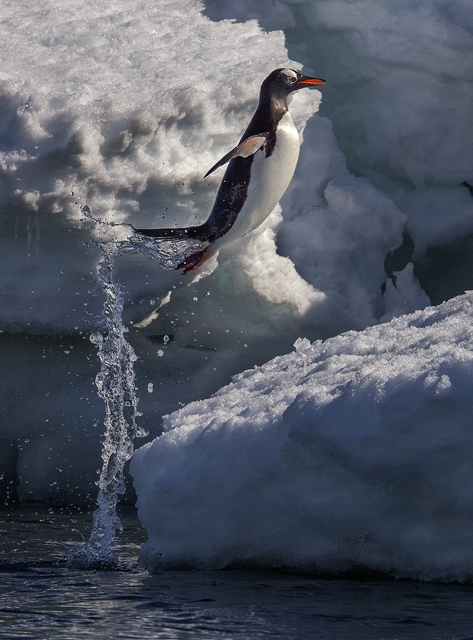
penguins leaping on ice - 3
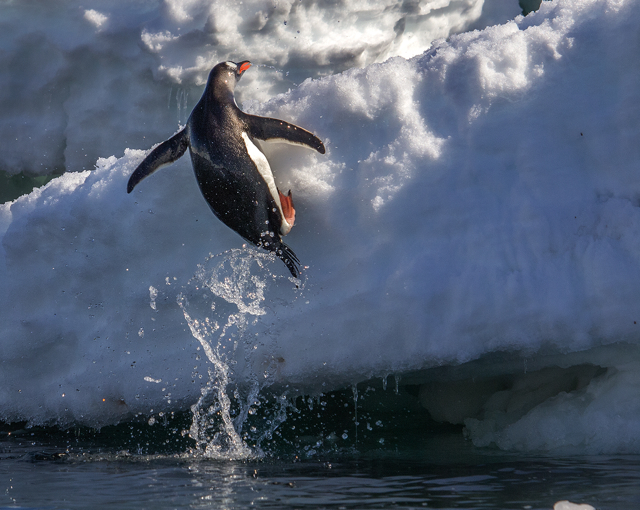
penguins leaping on ice - 4
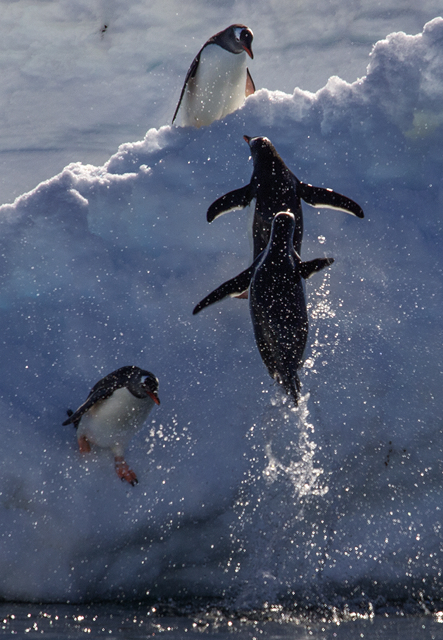
penguins leaping on ice - 6
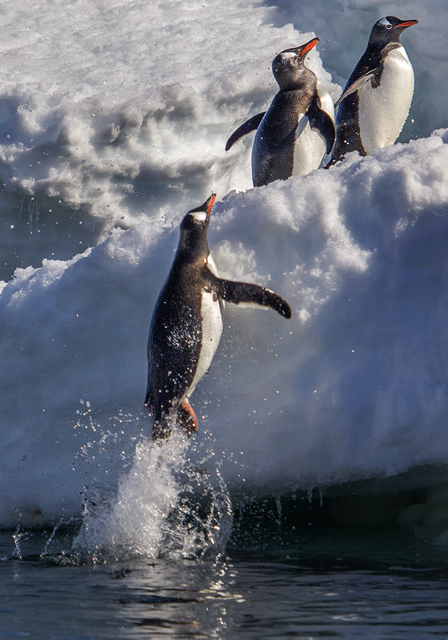
penguins leaping on ice - 7
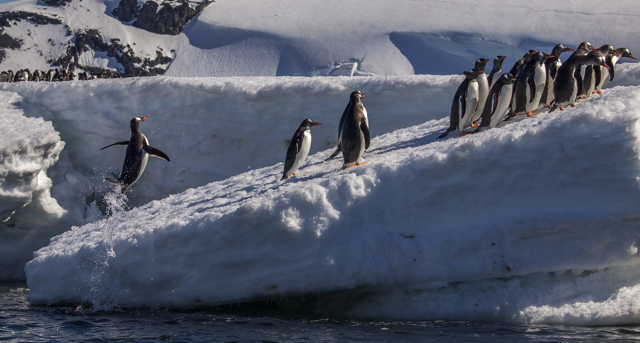
penguins leaping
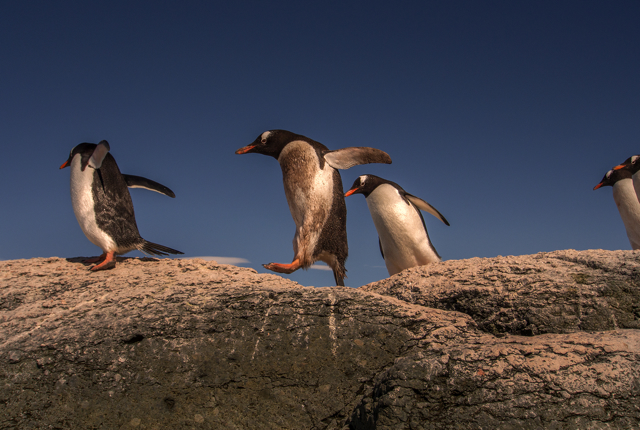
penguins moving about -- Olympus OM-D 9-18mm
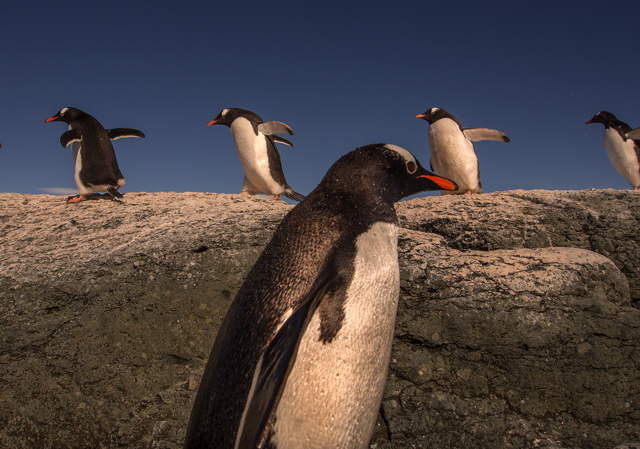
penguin walk
